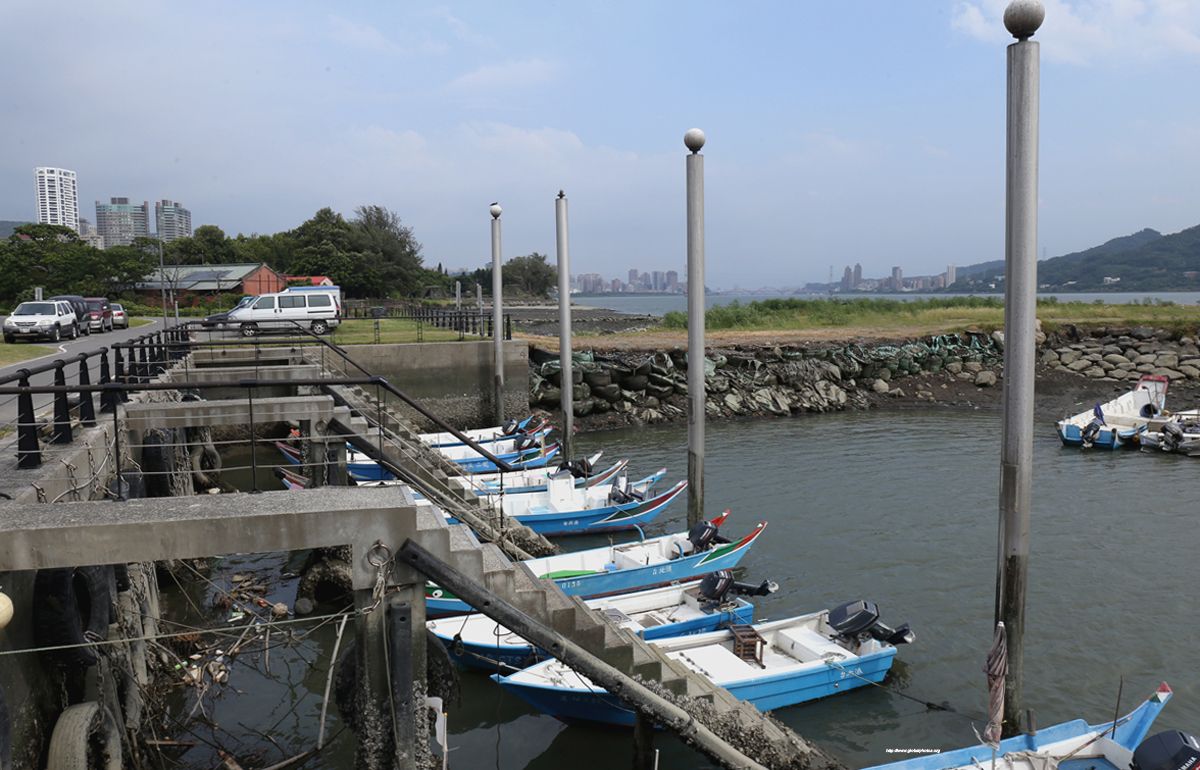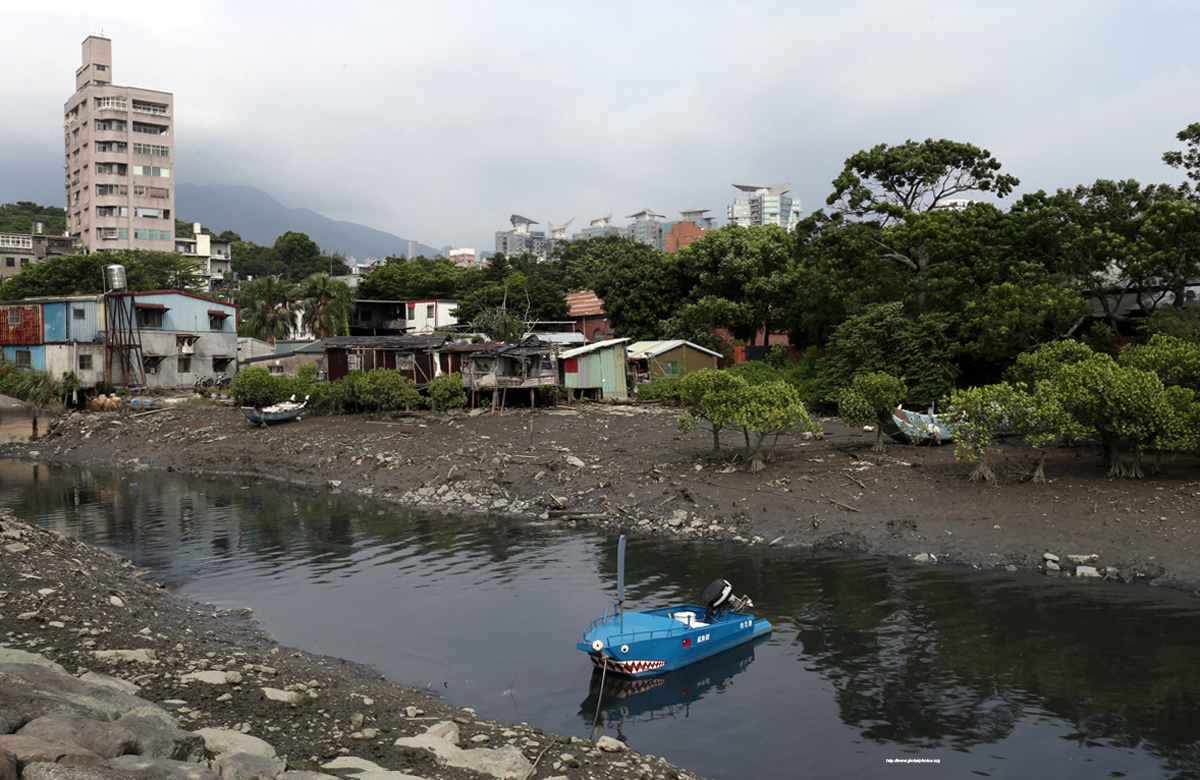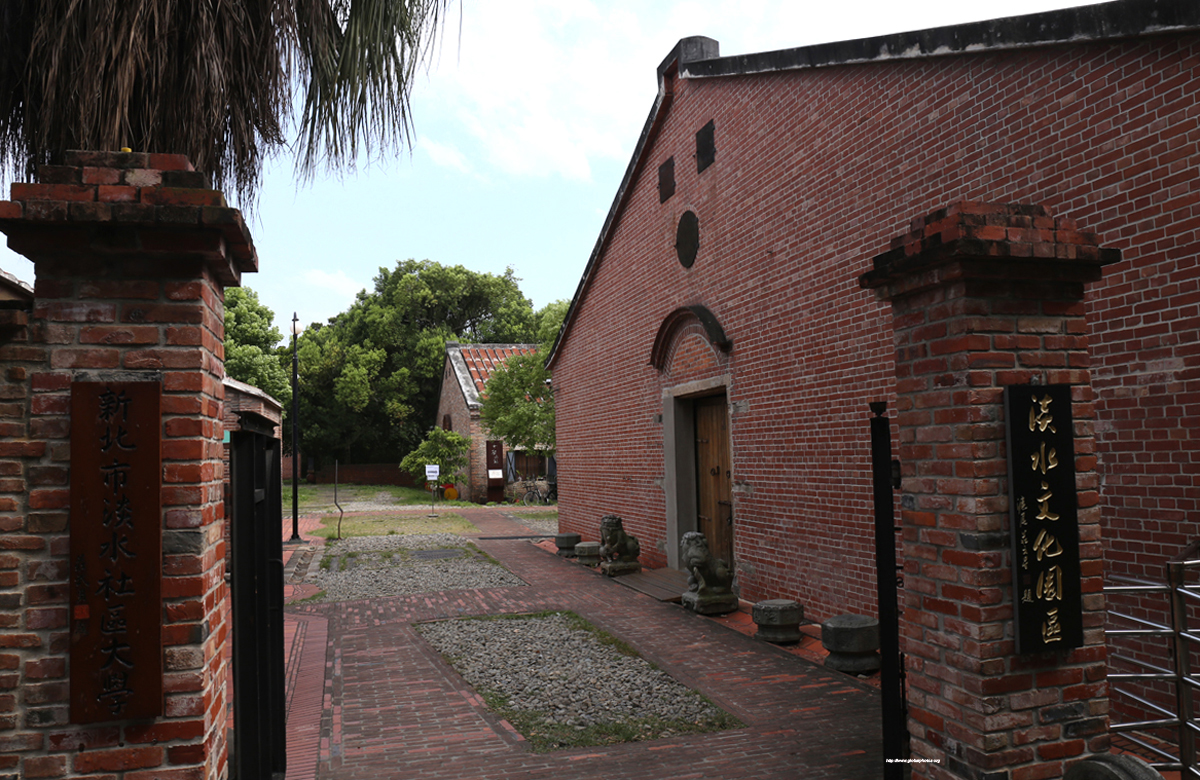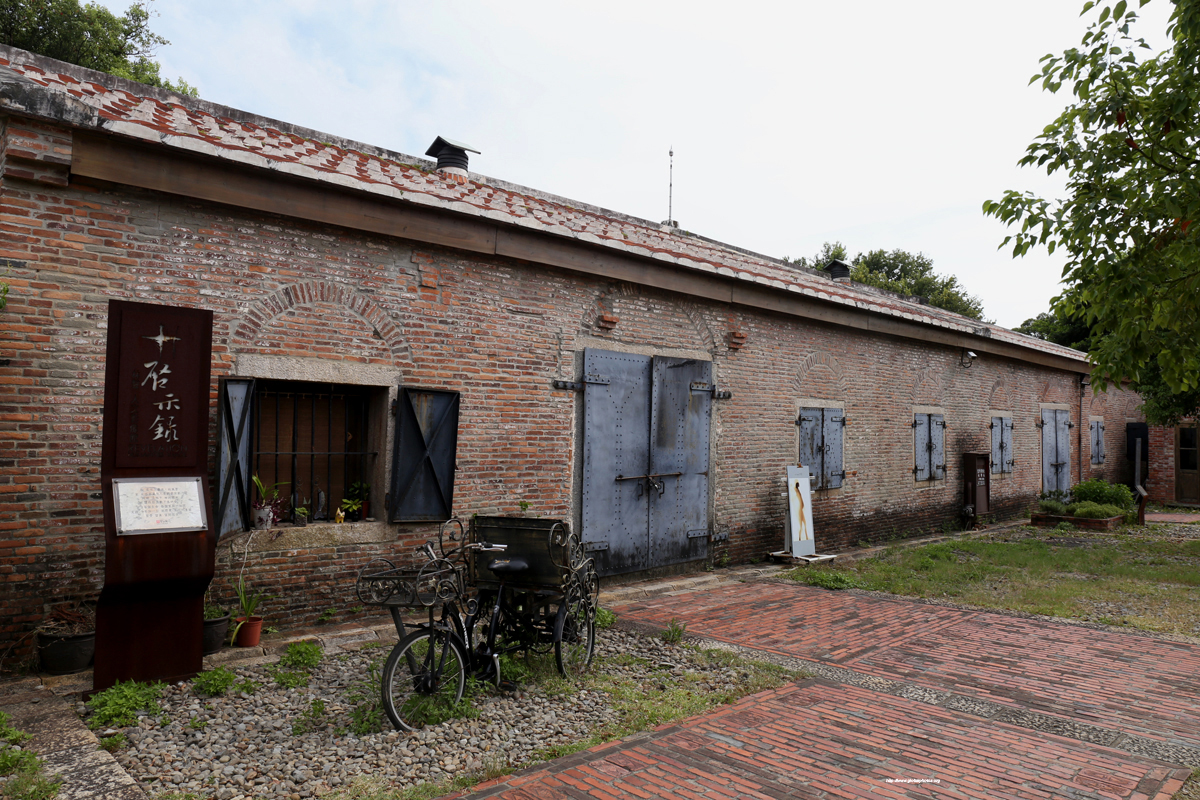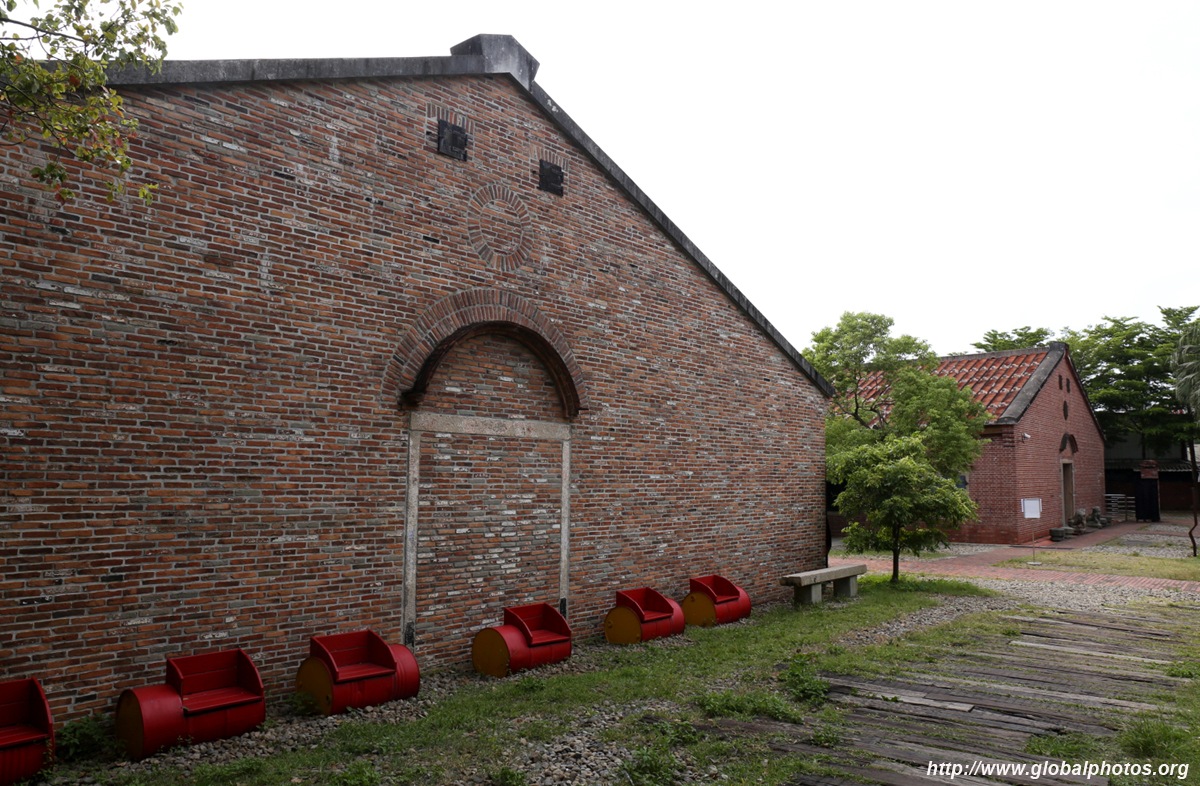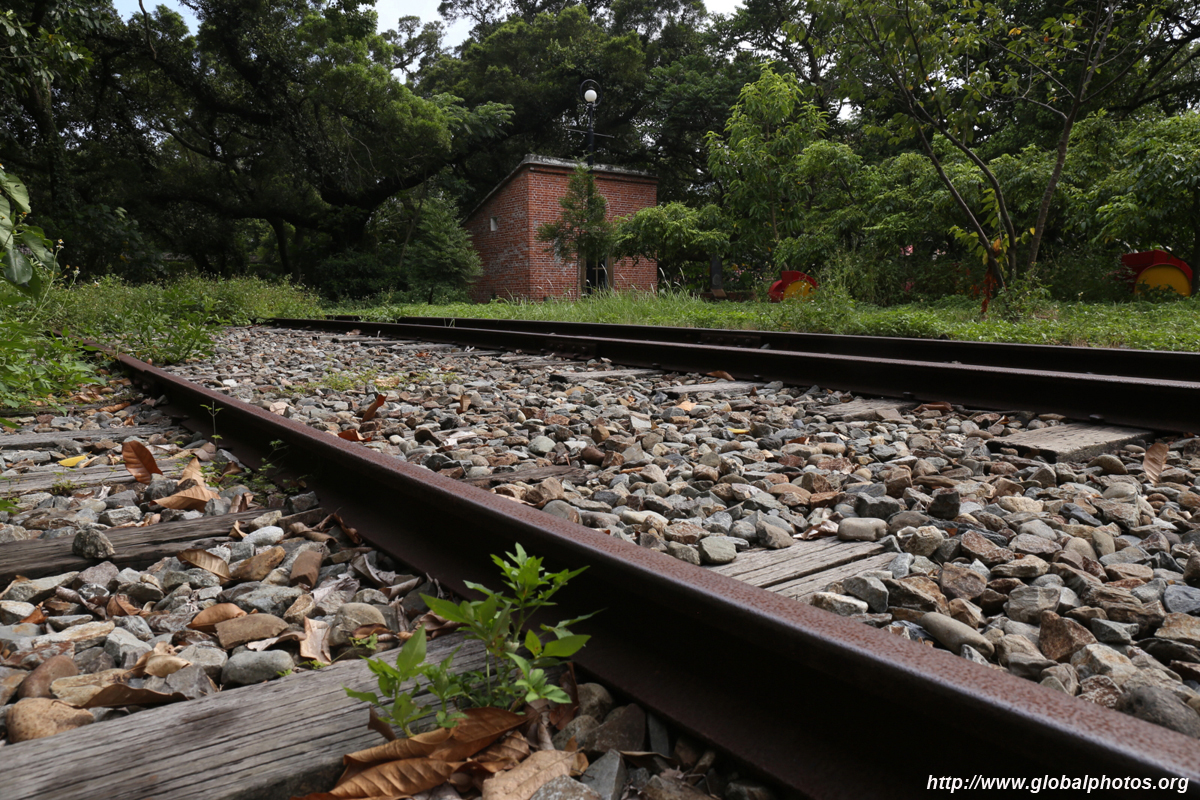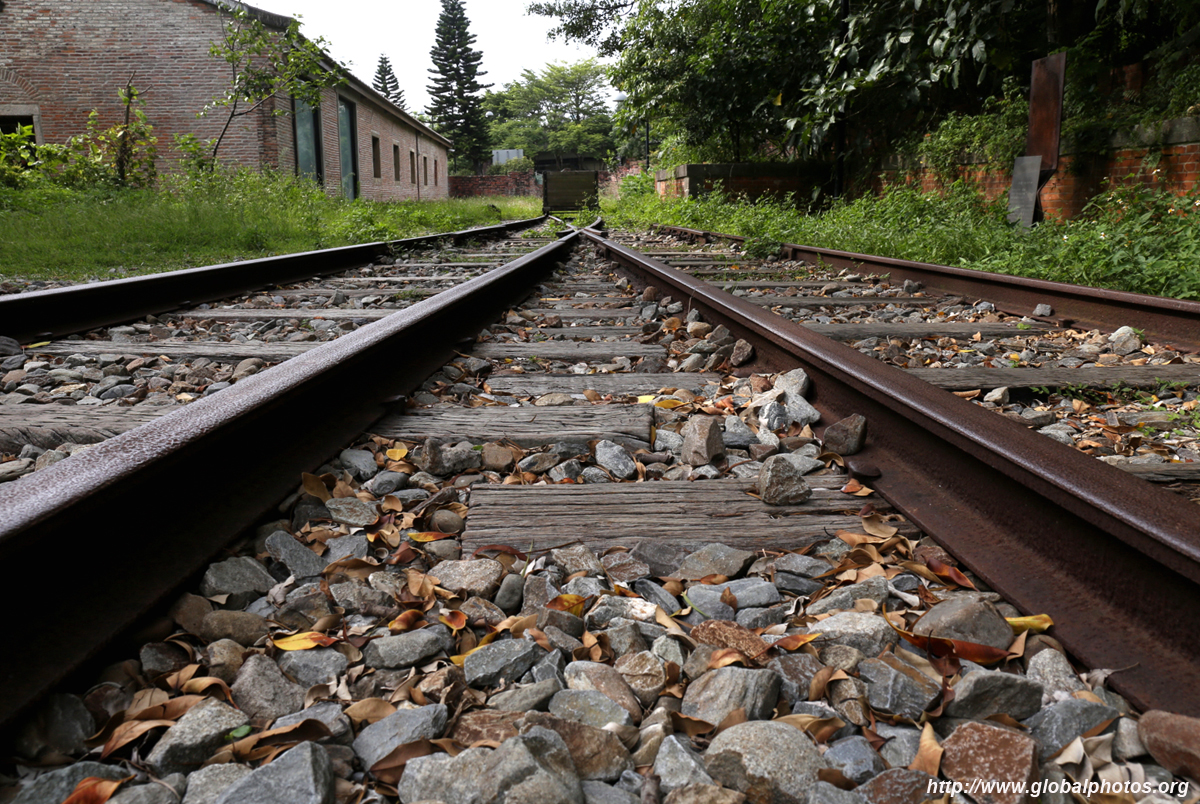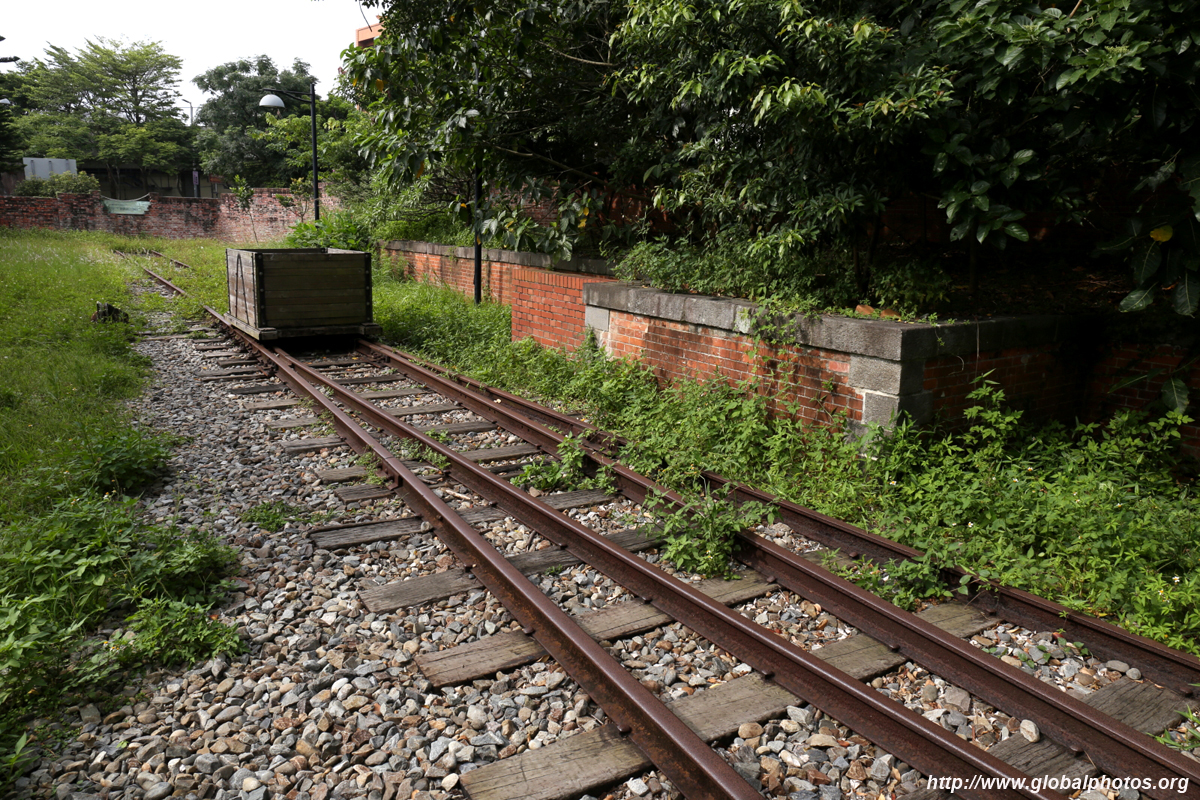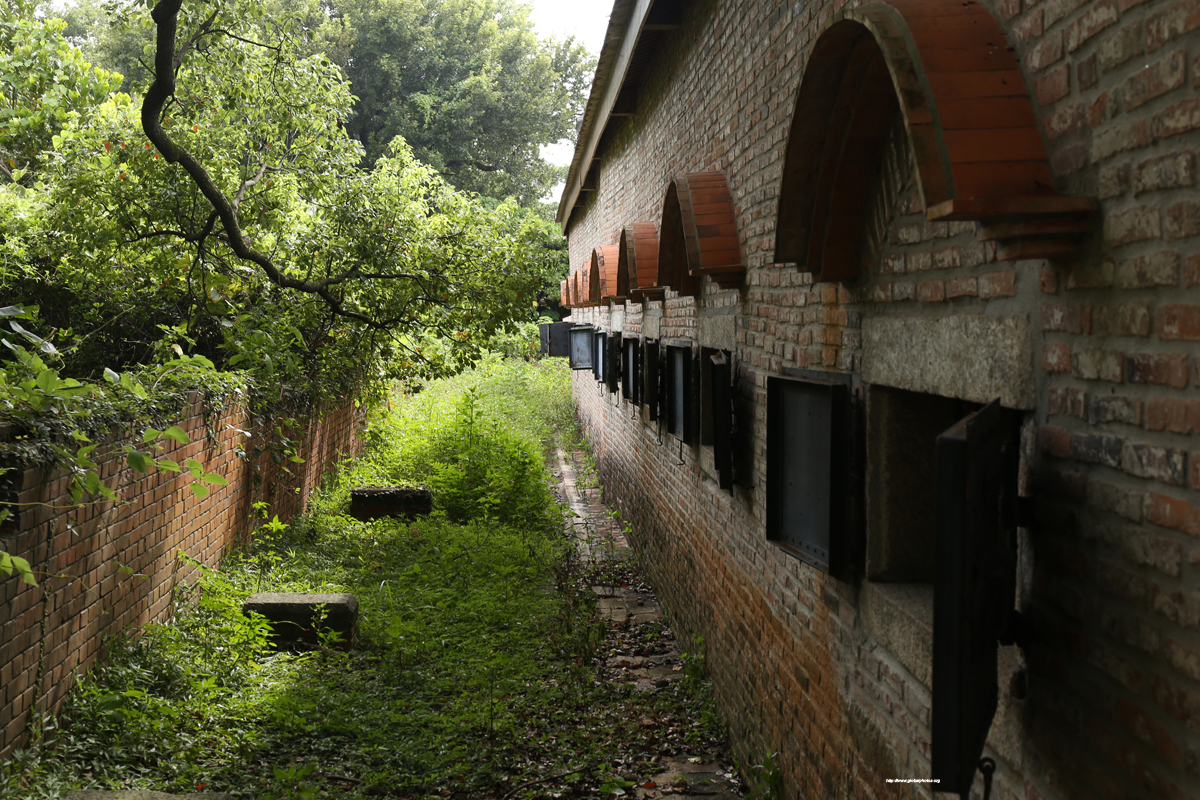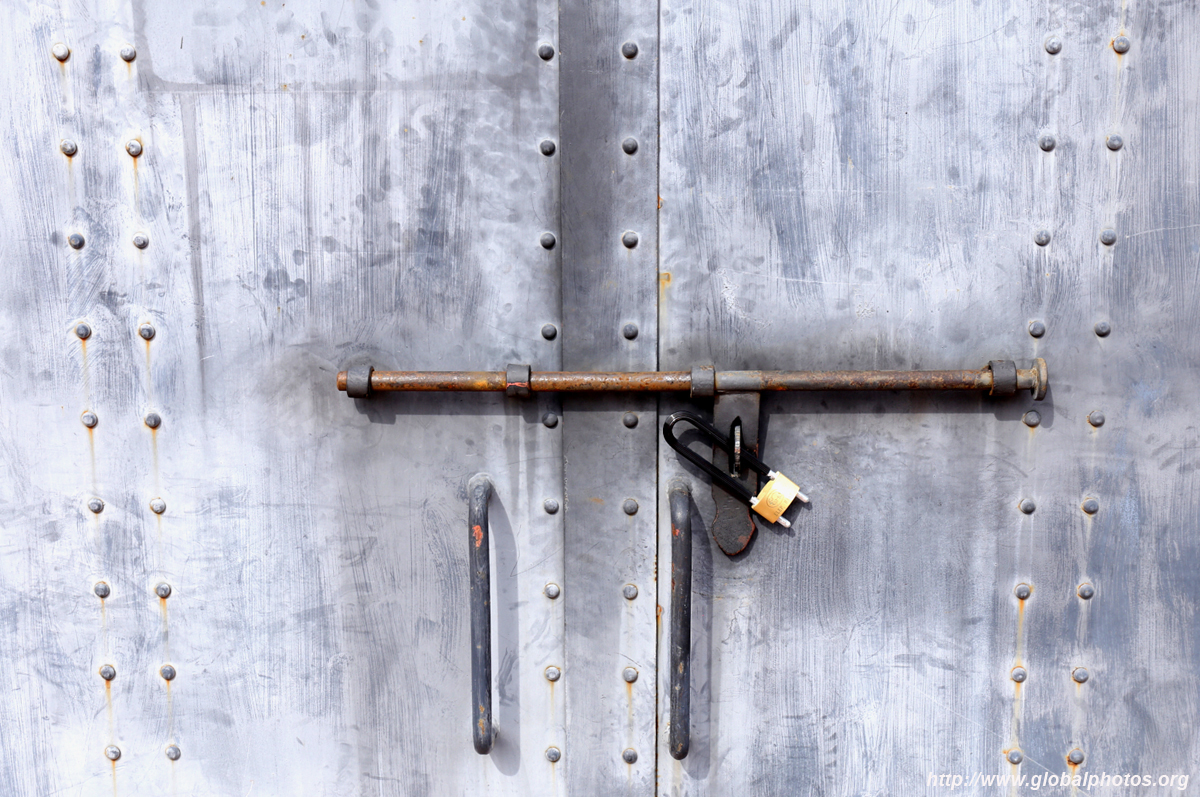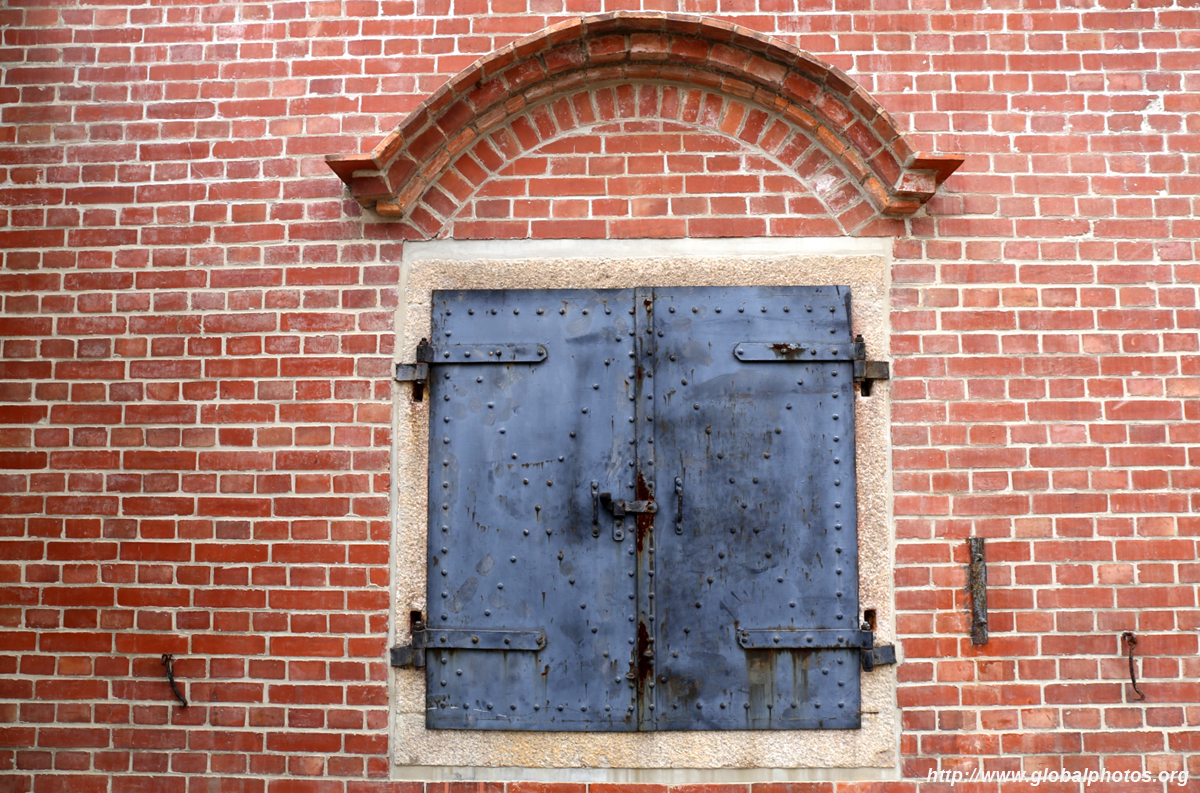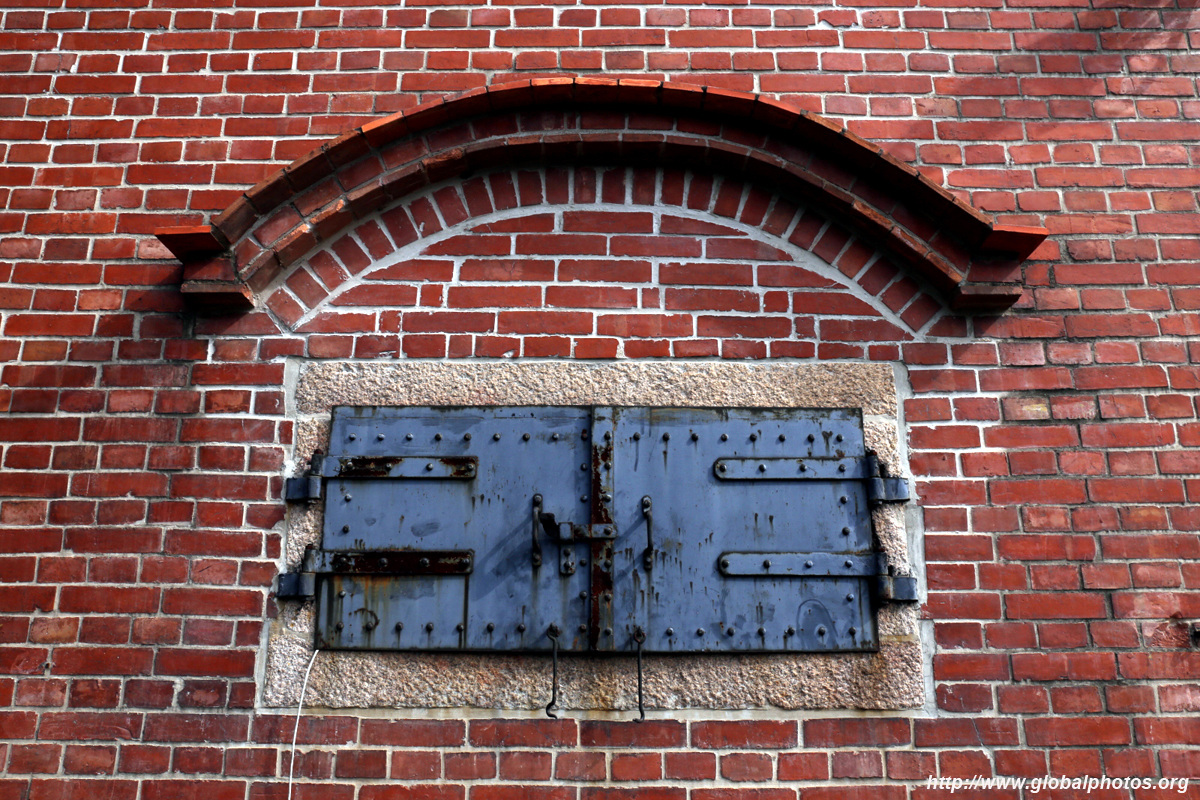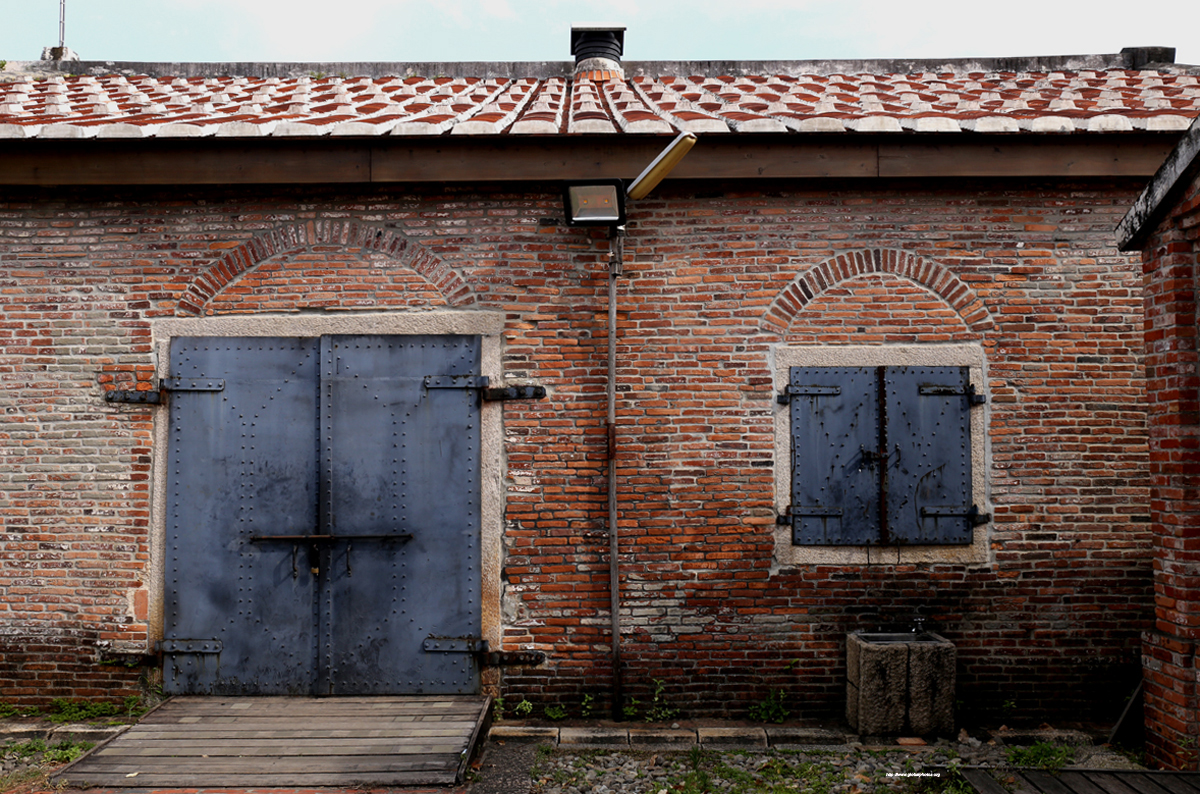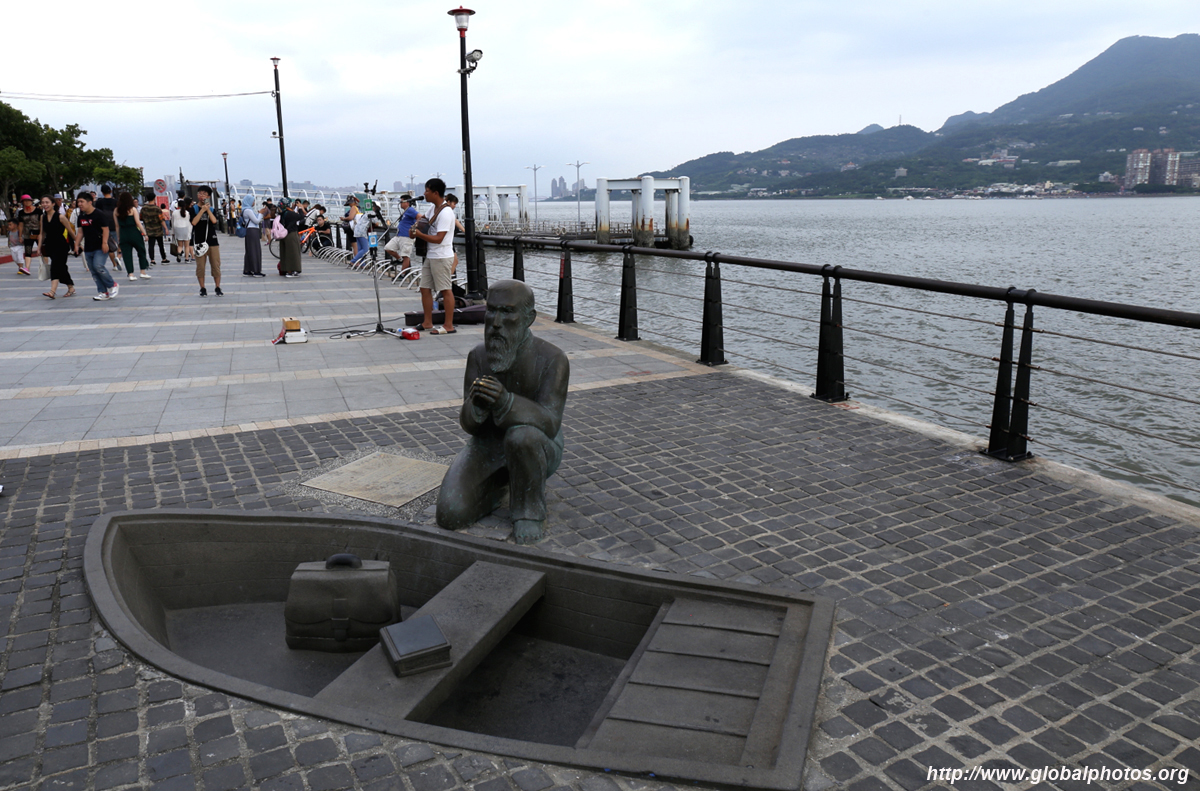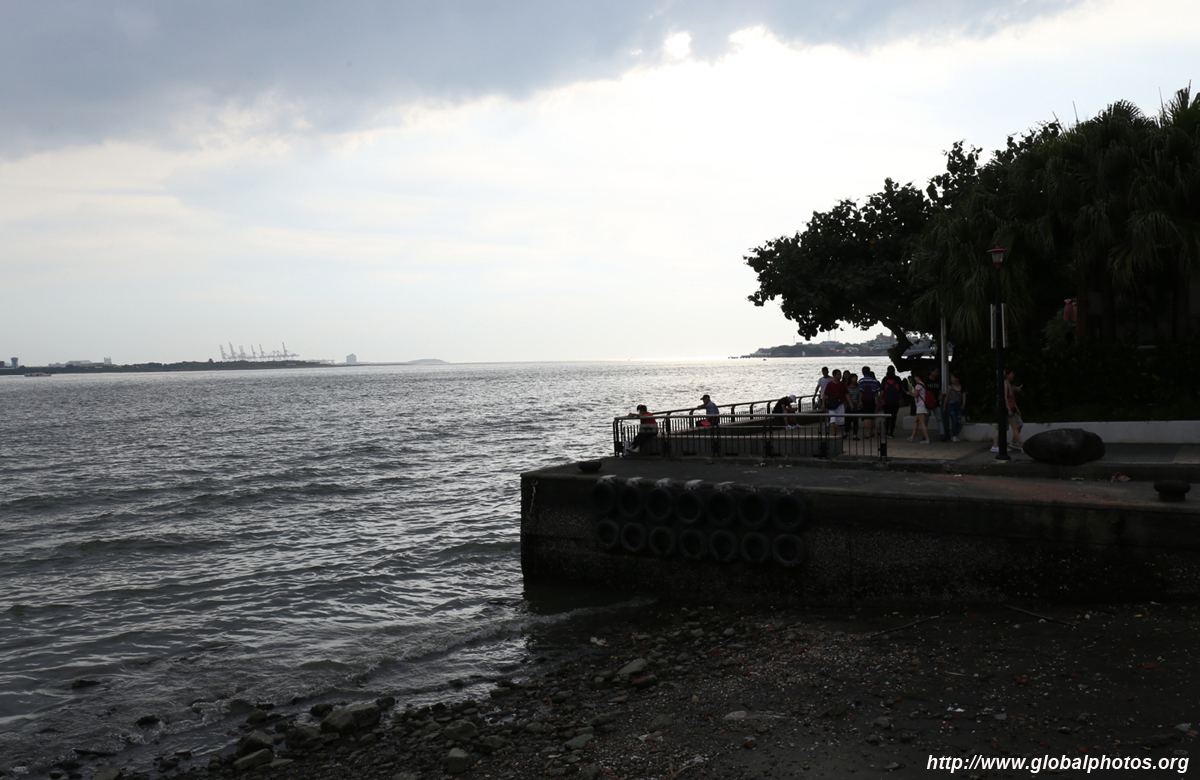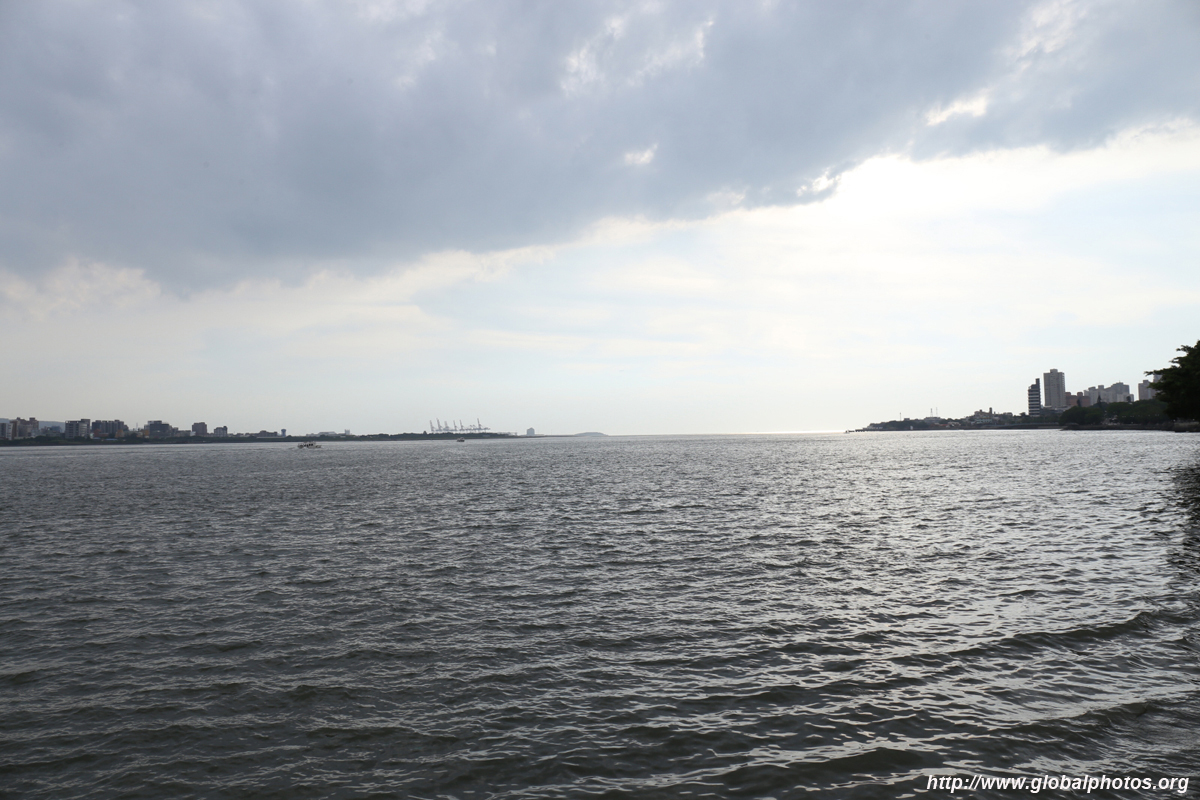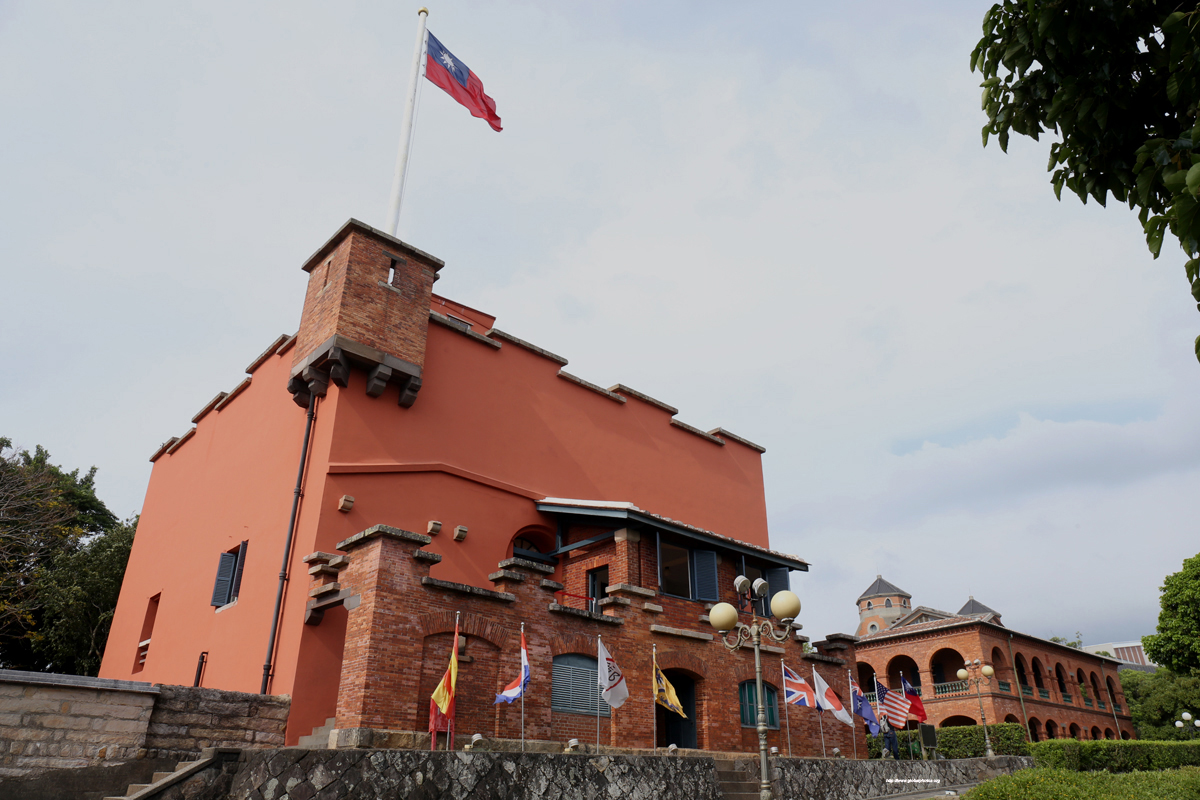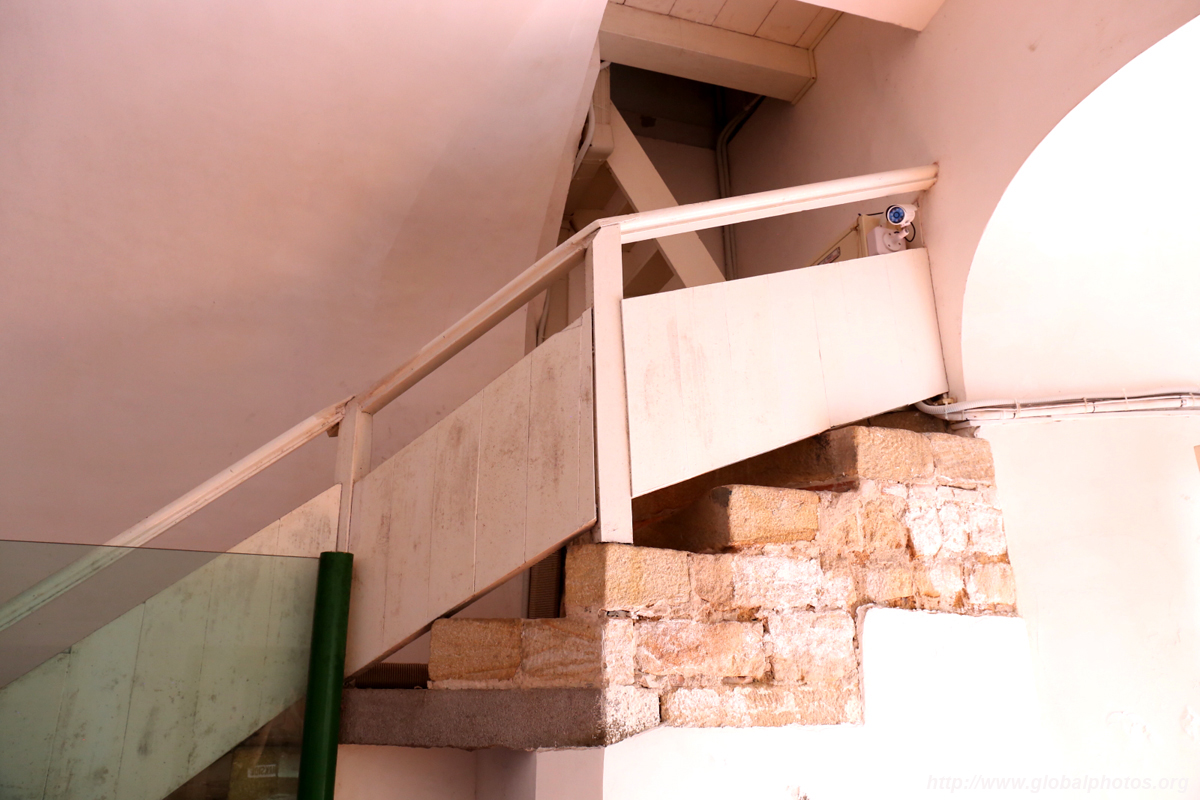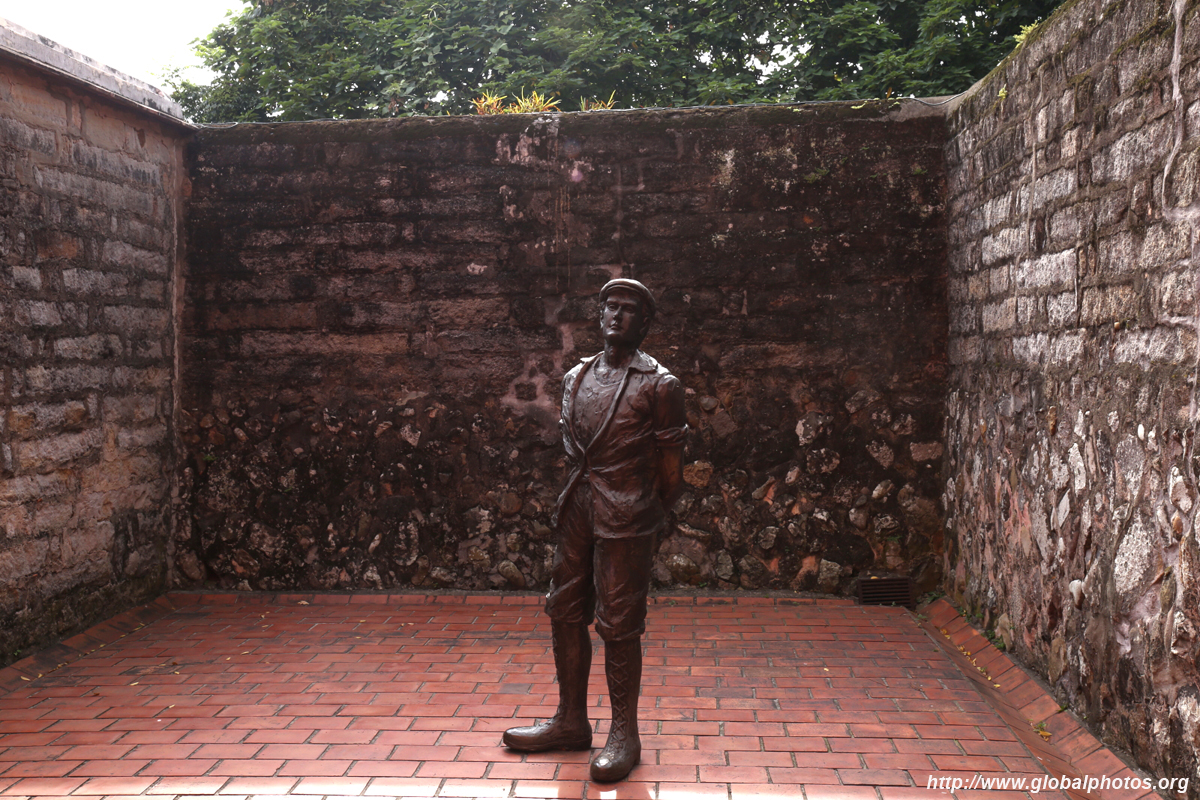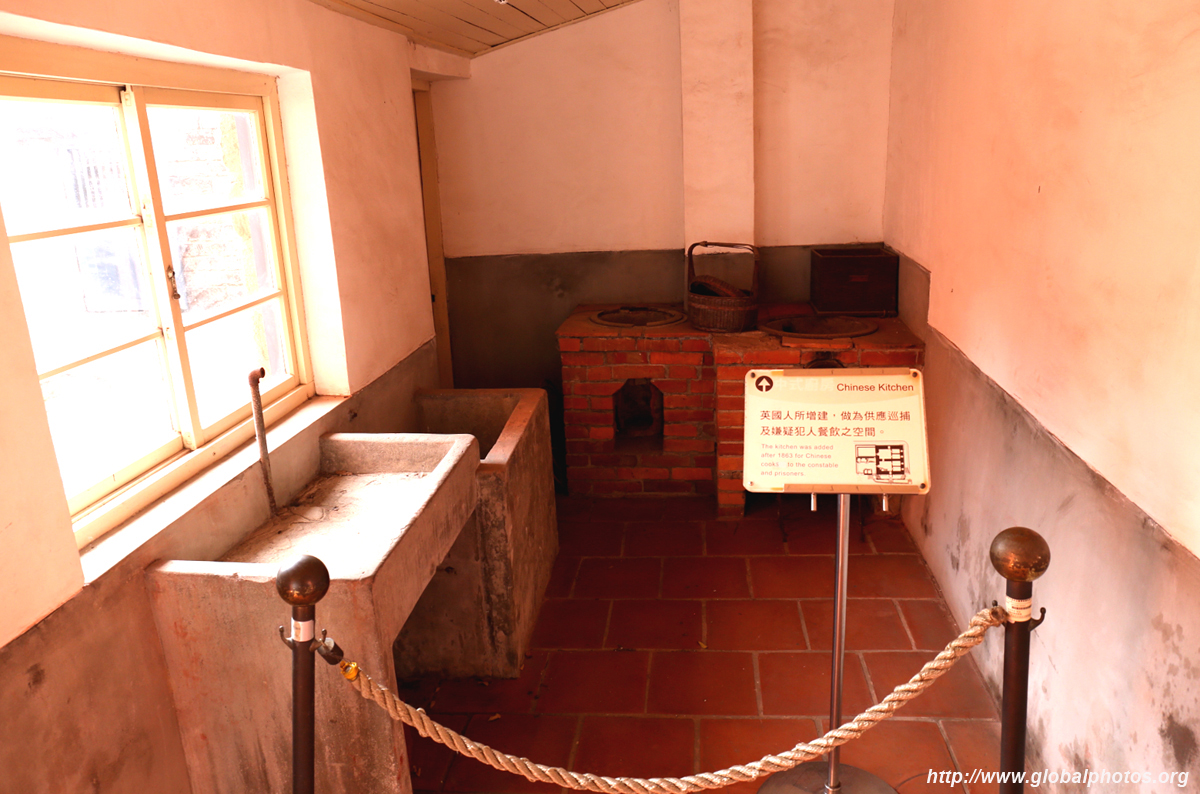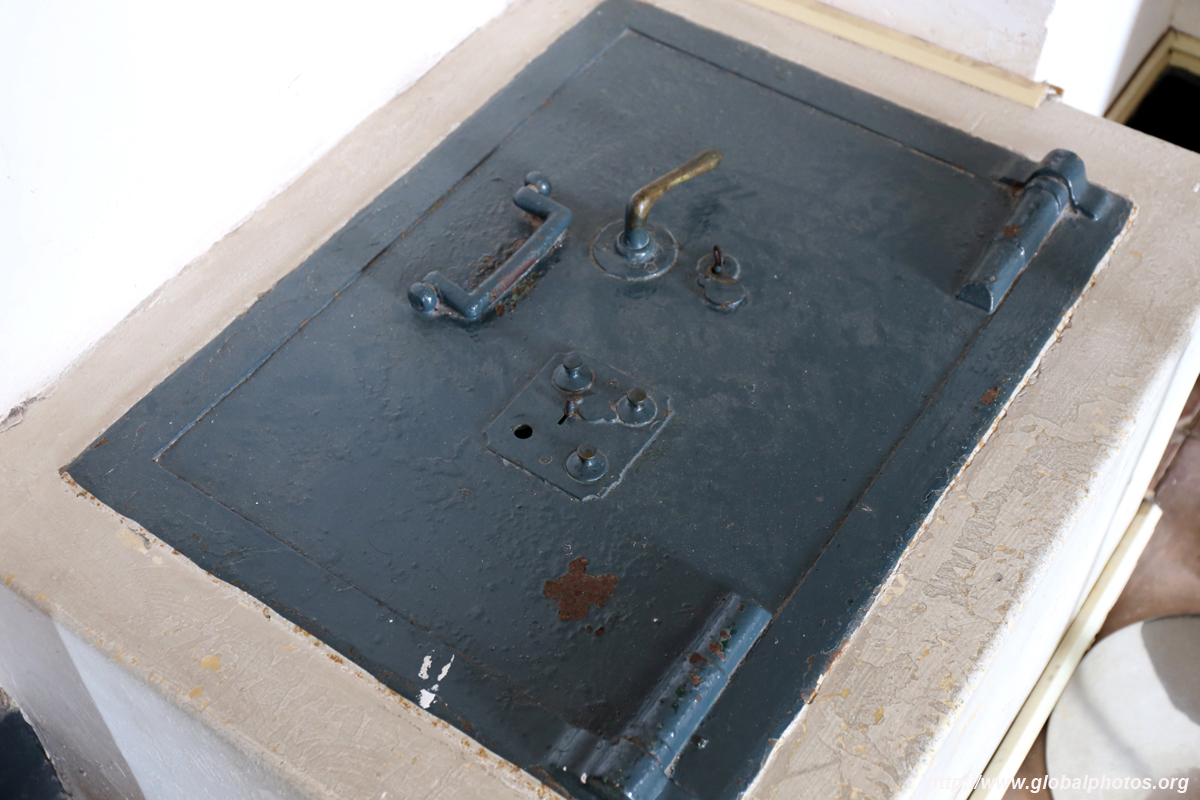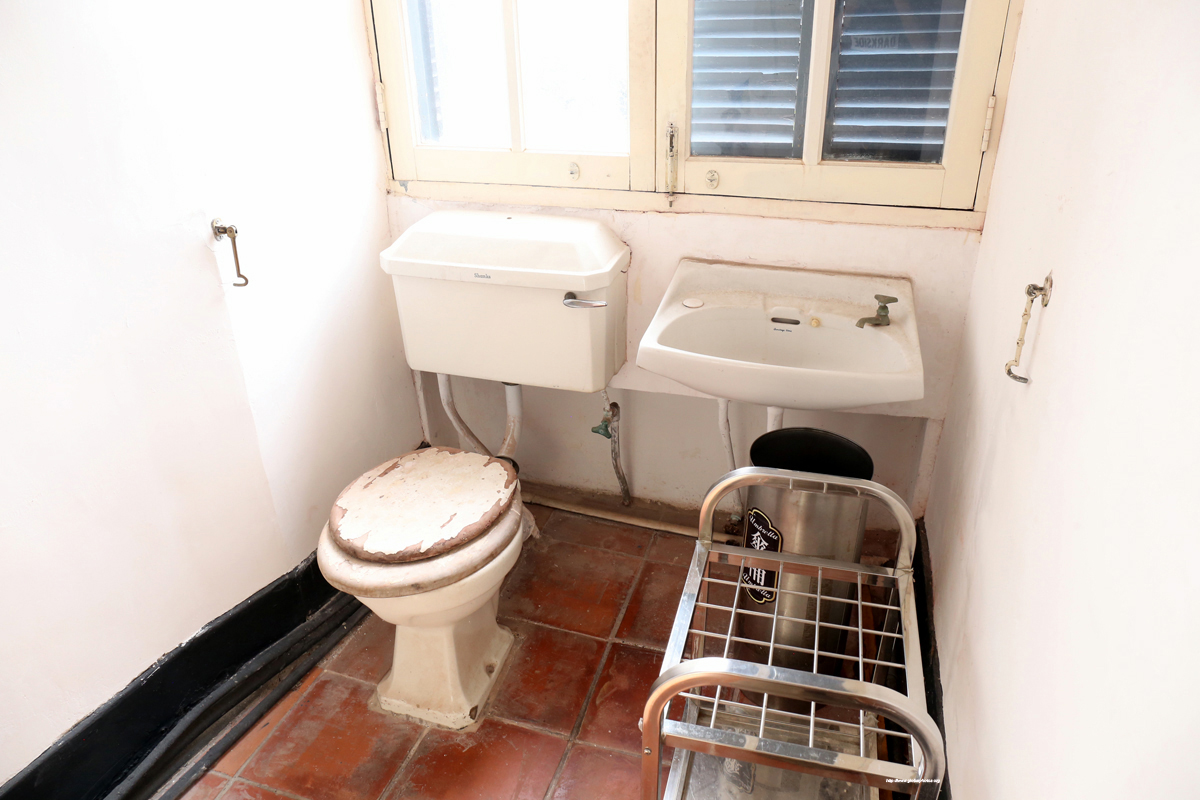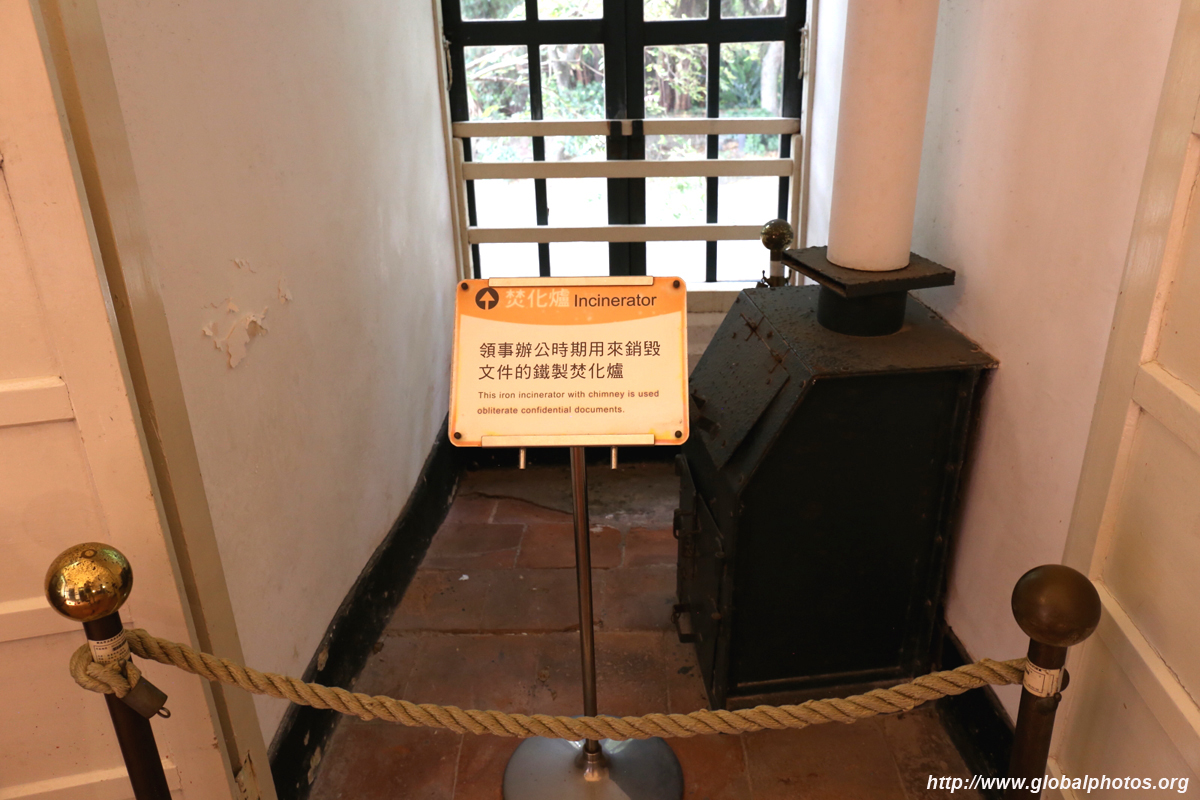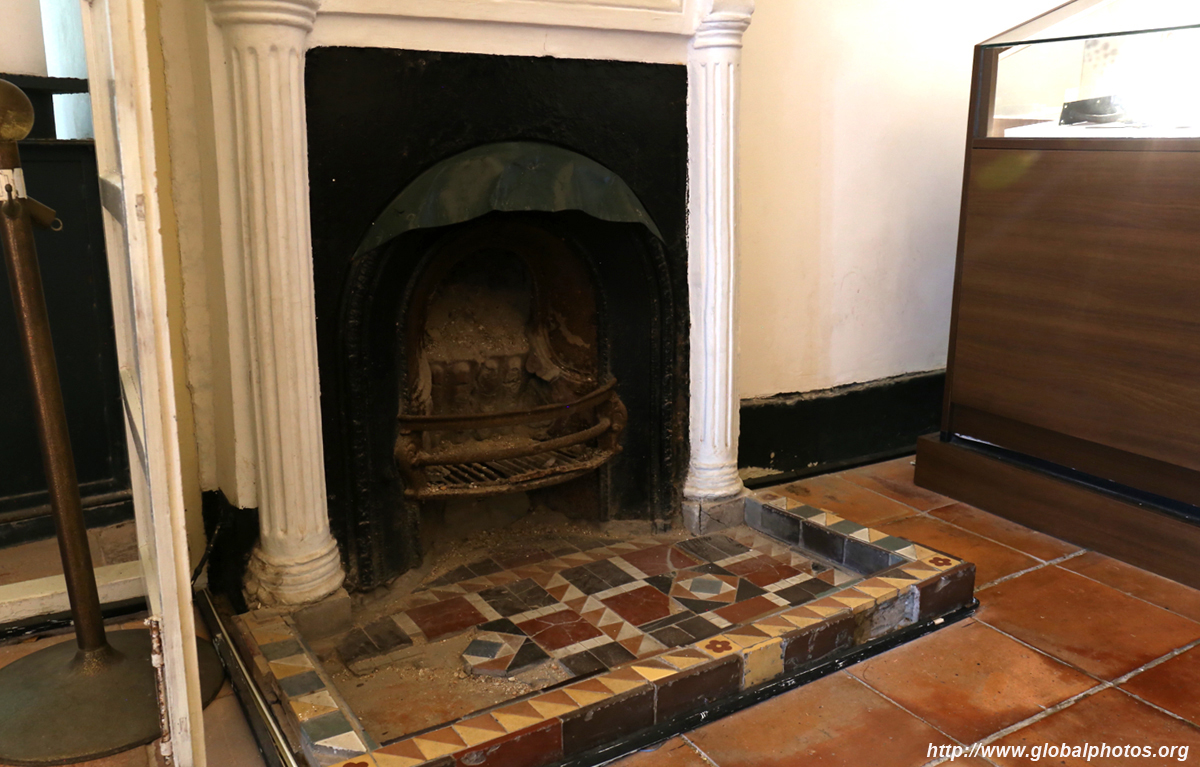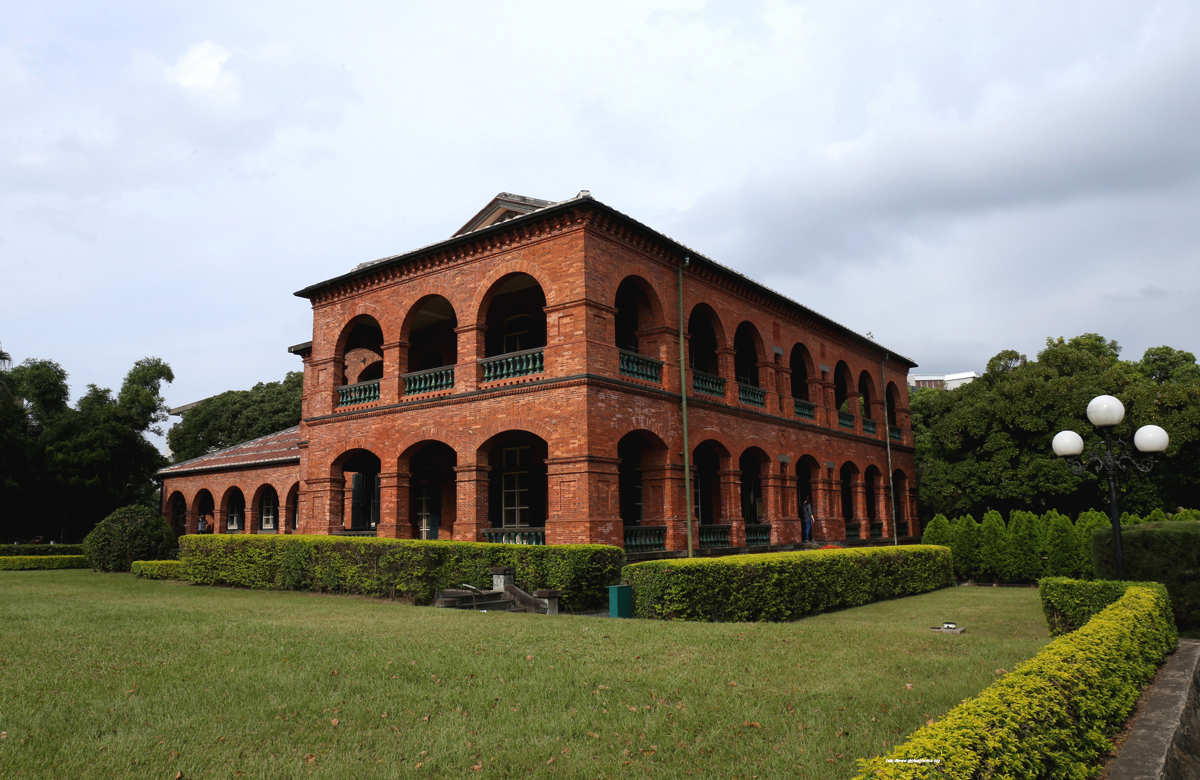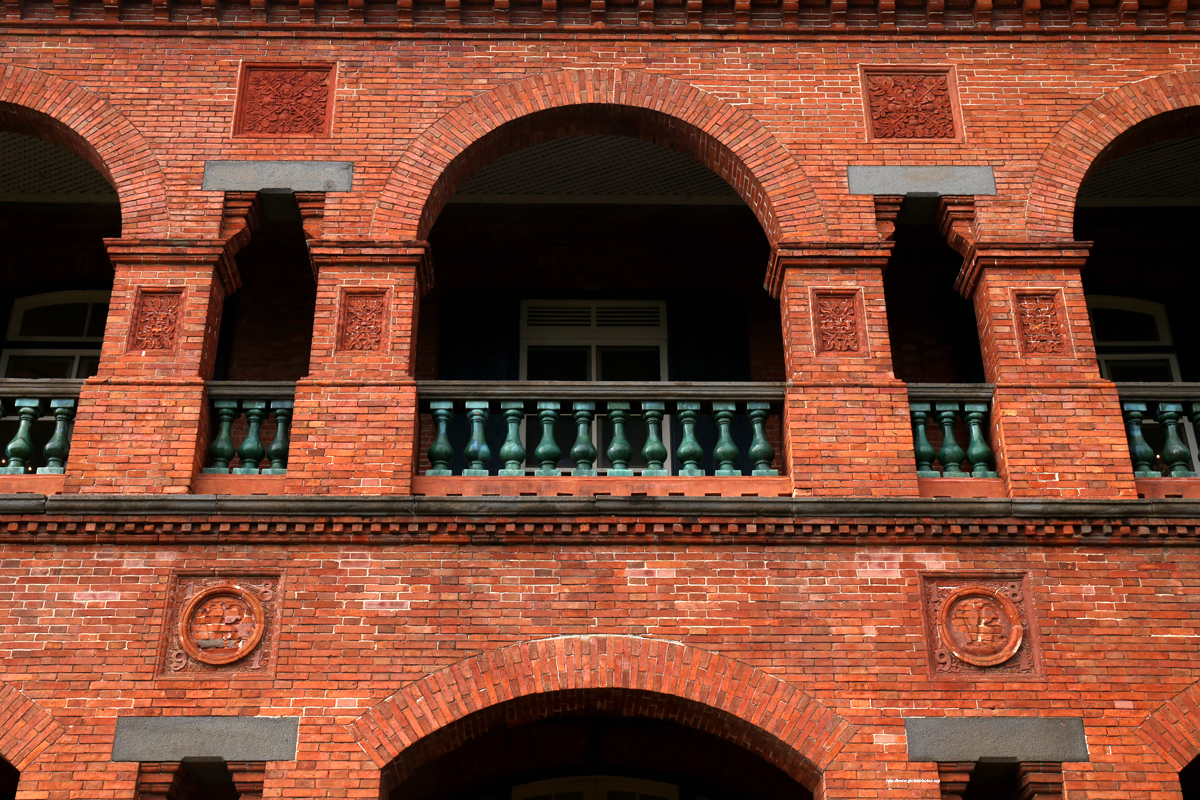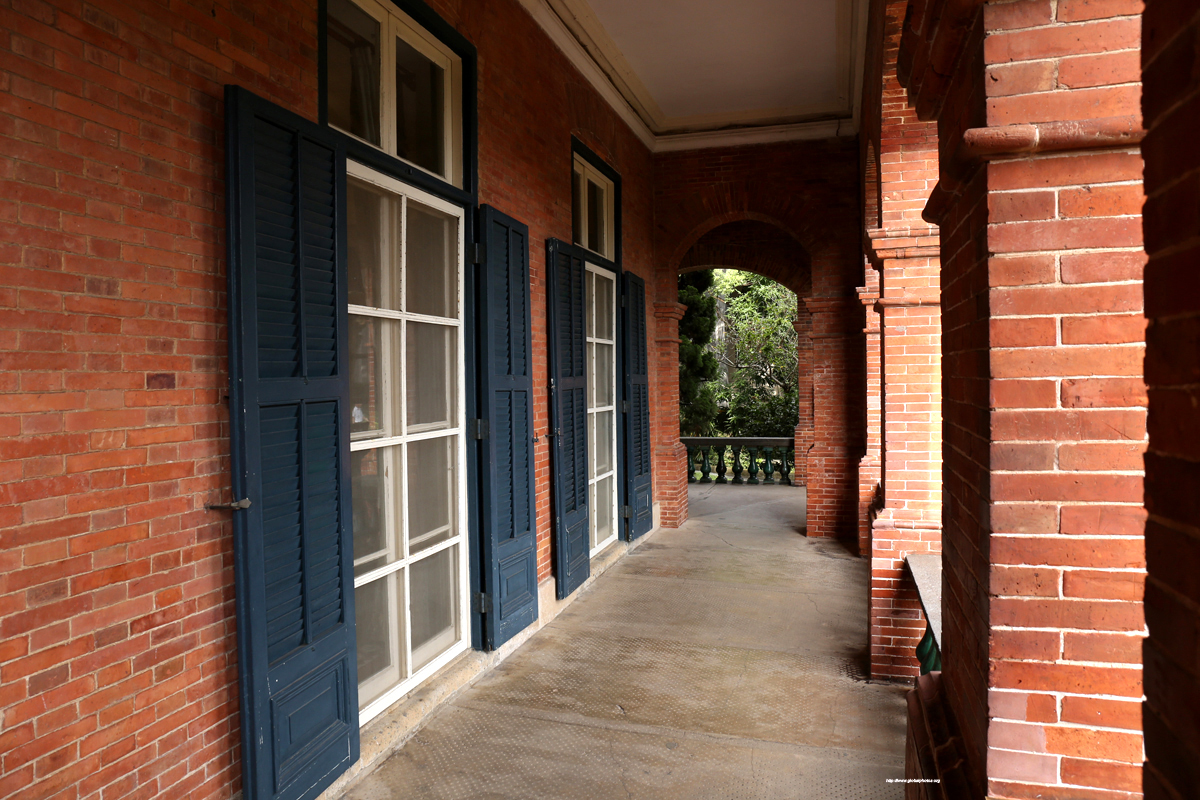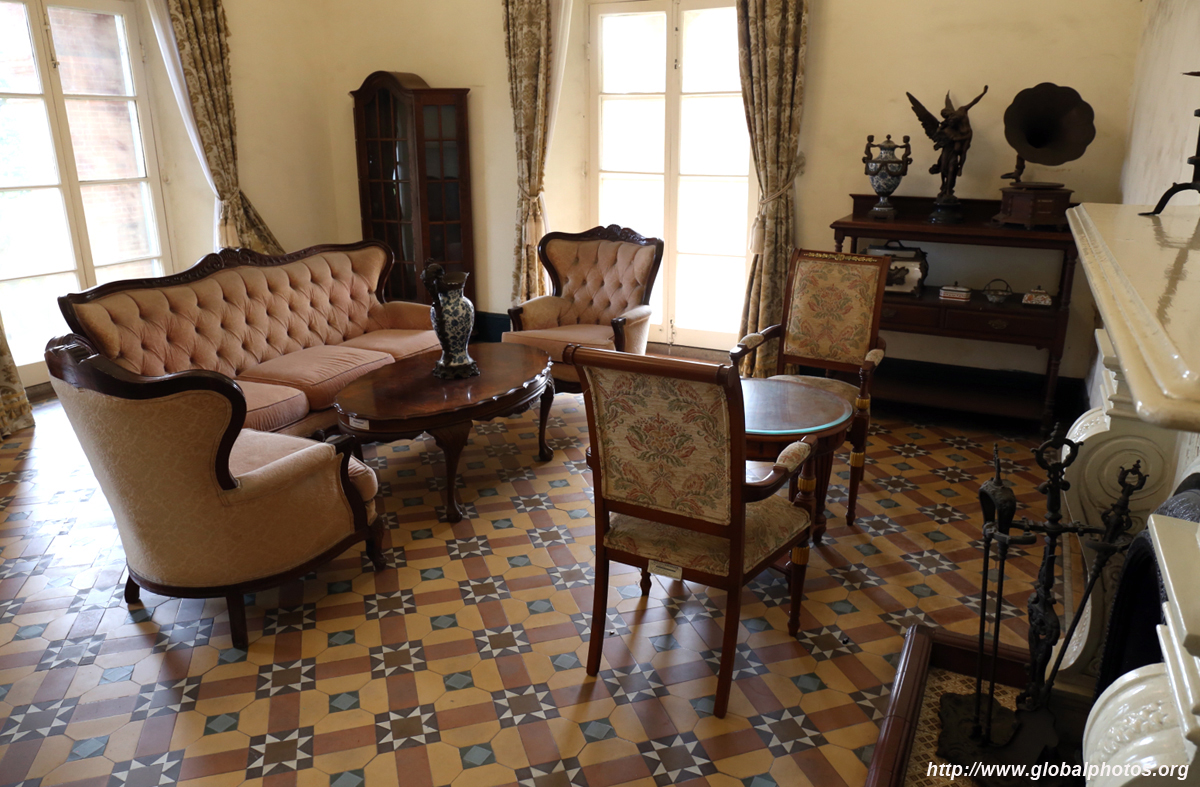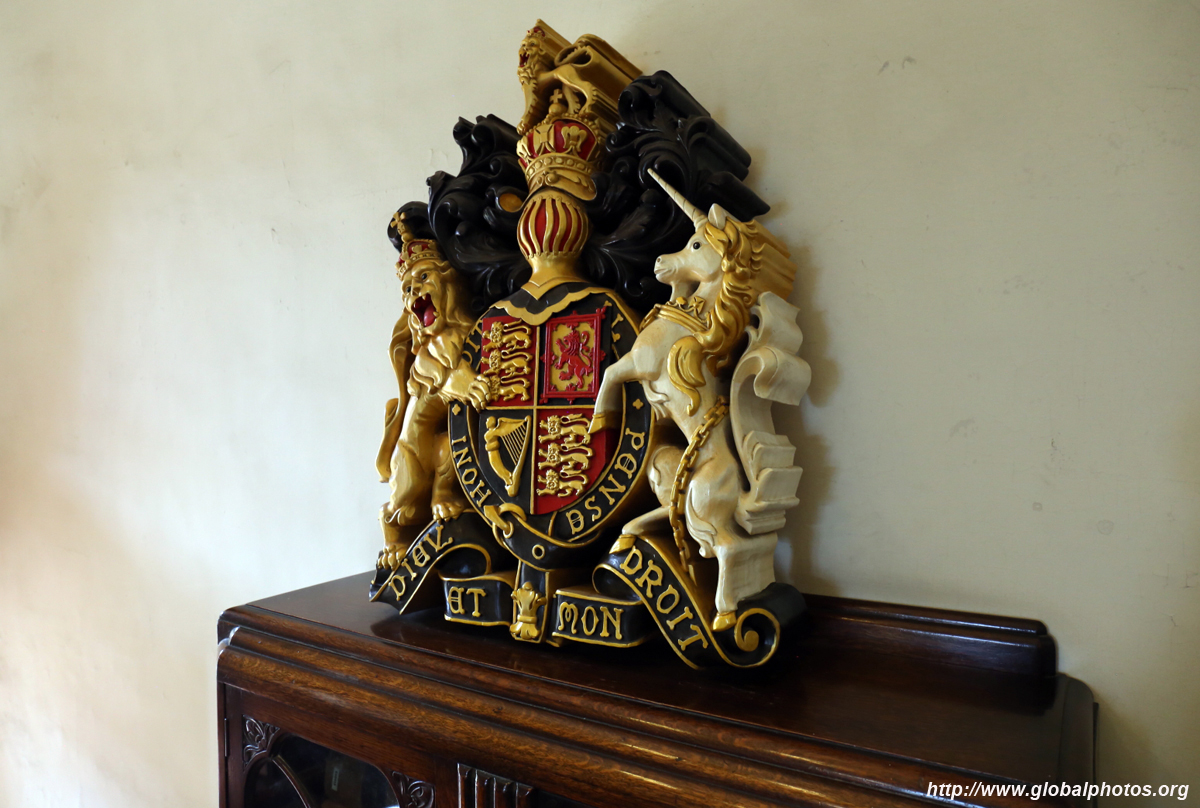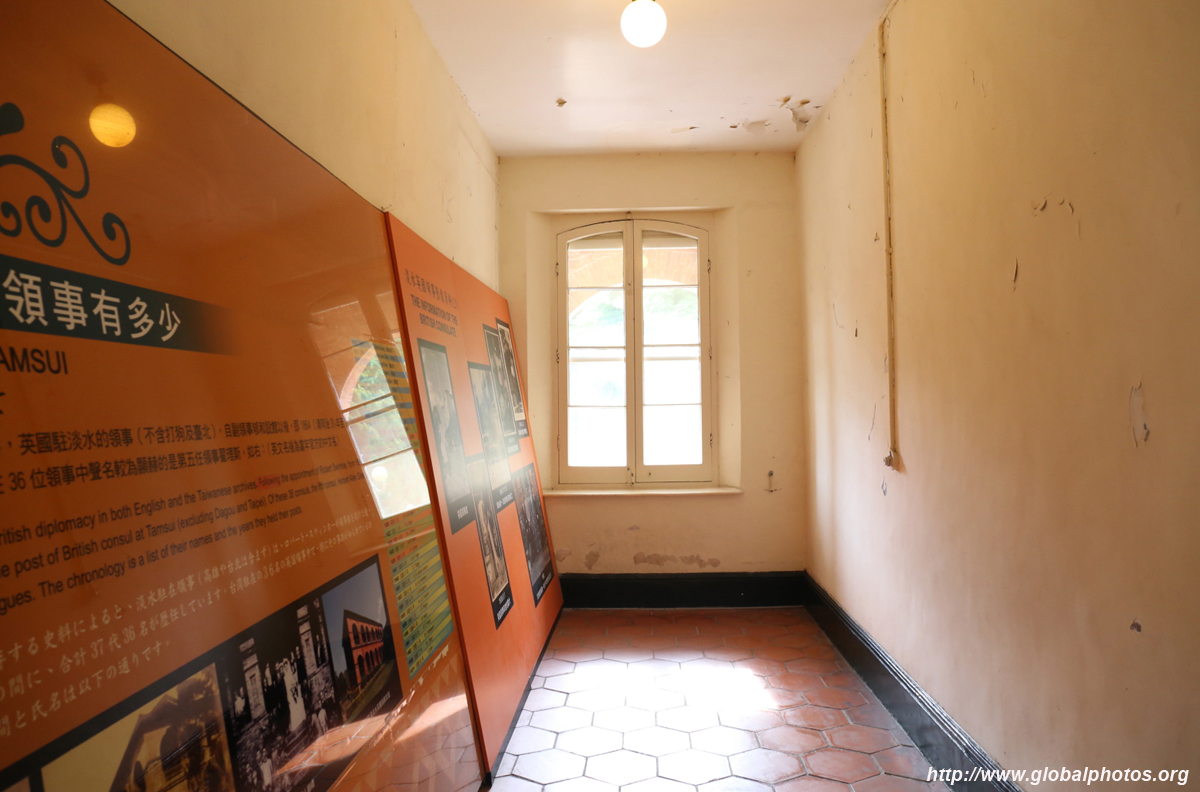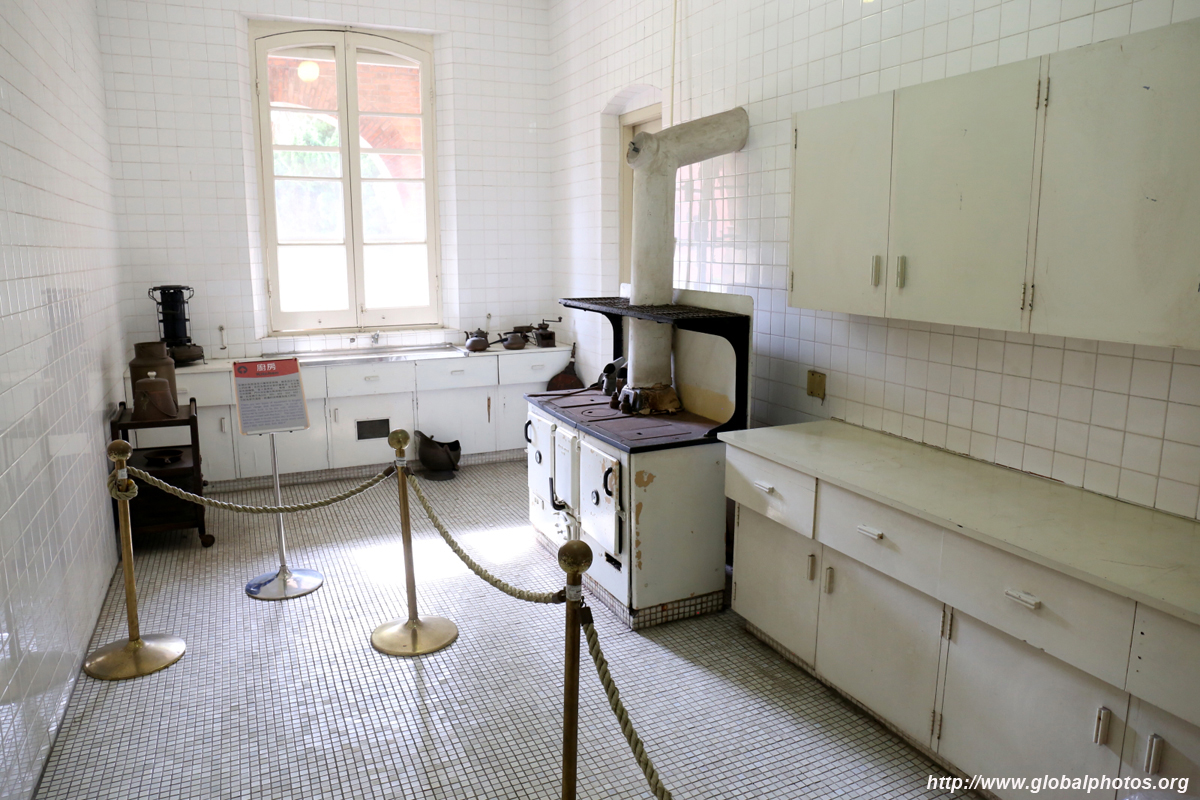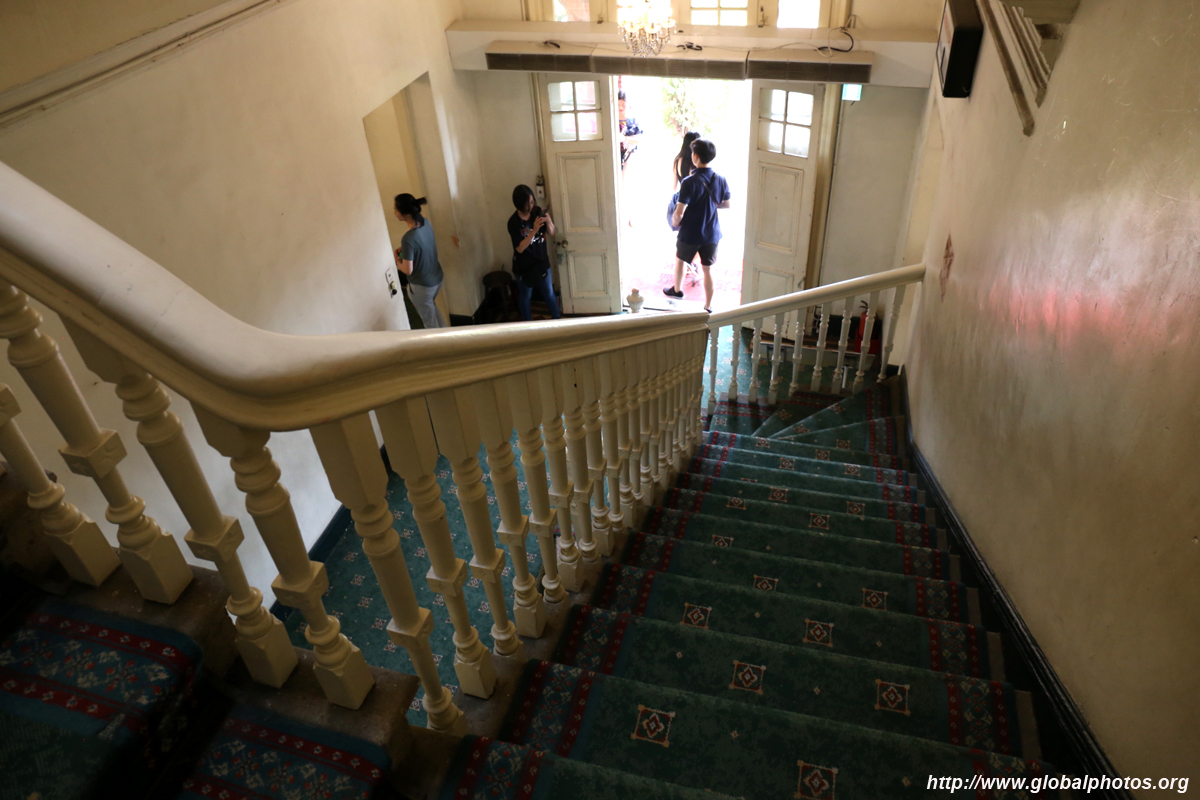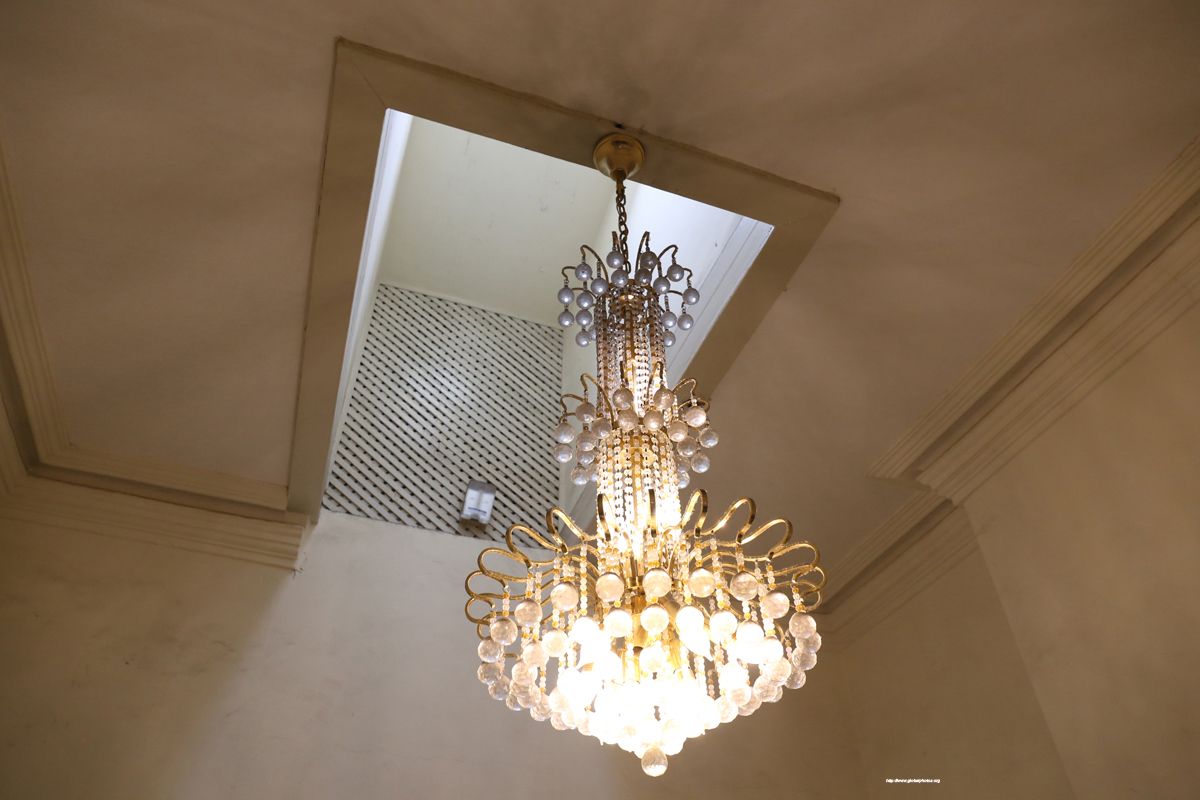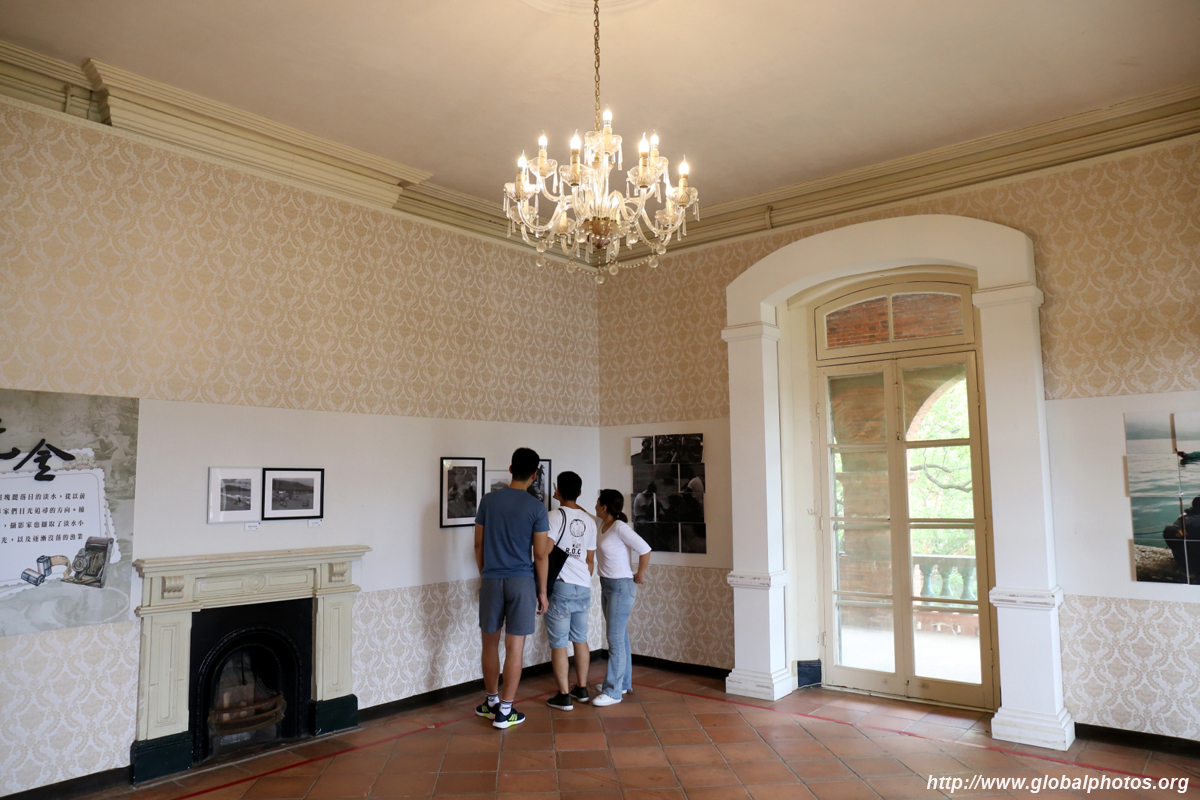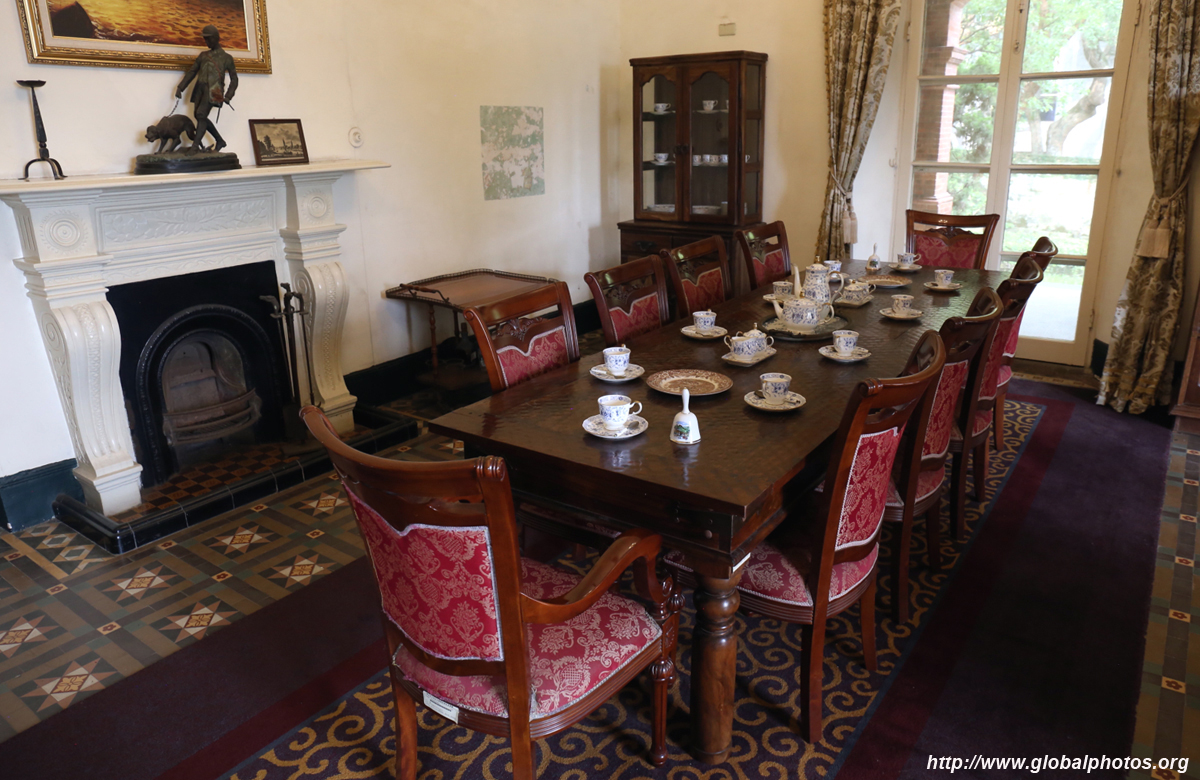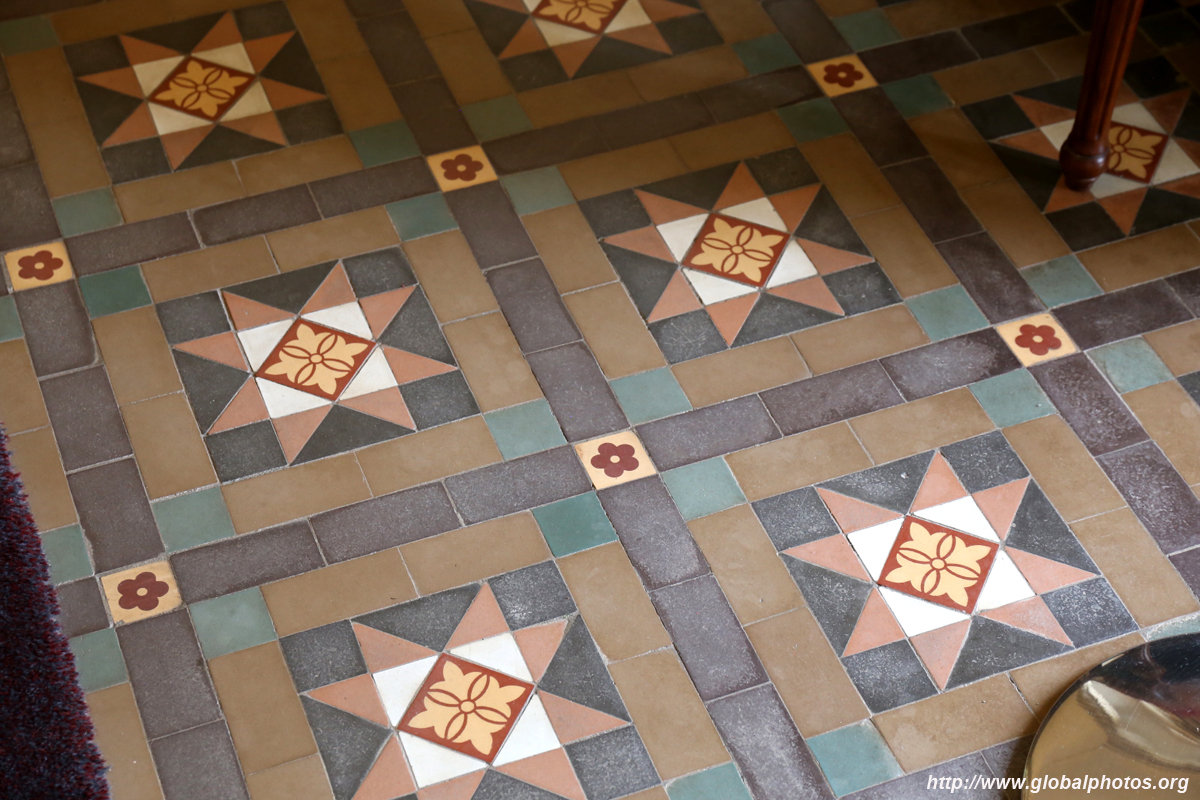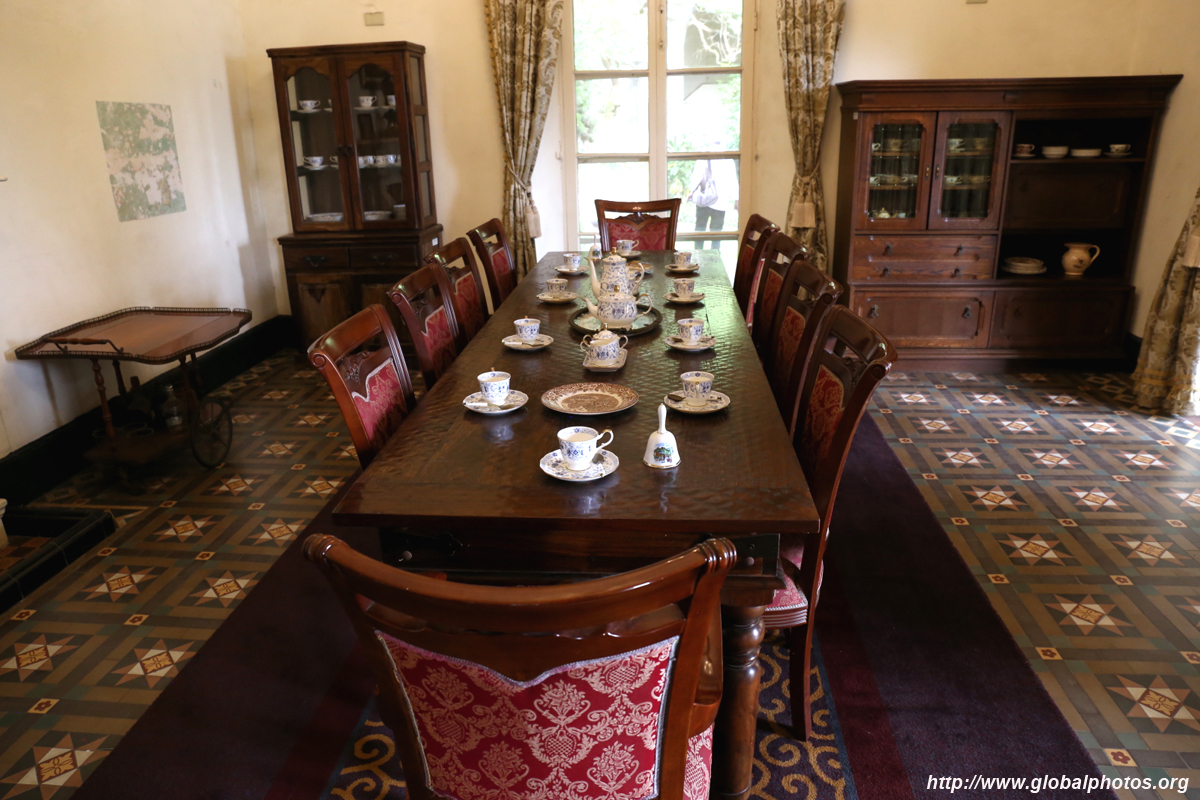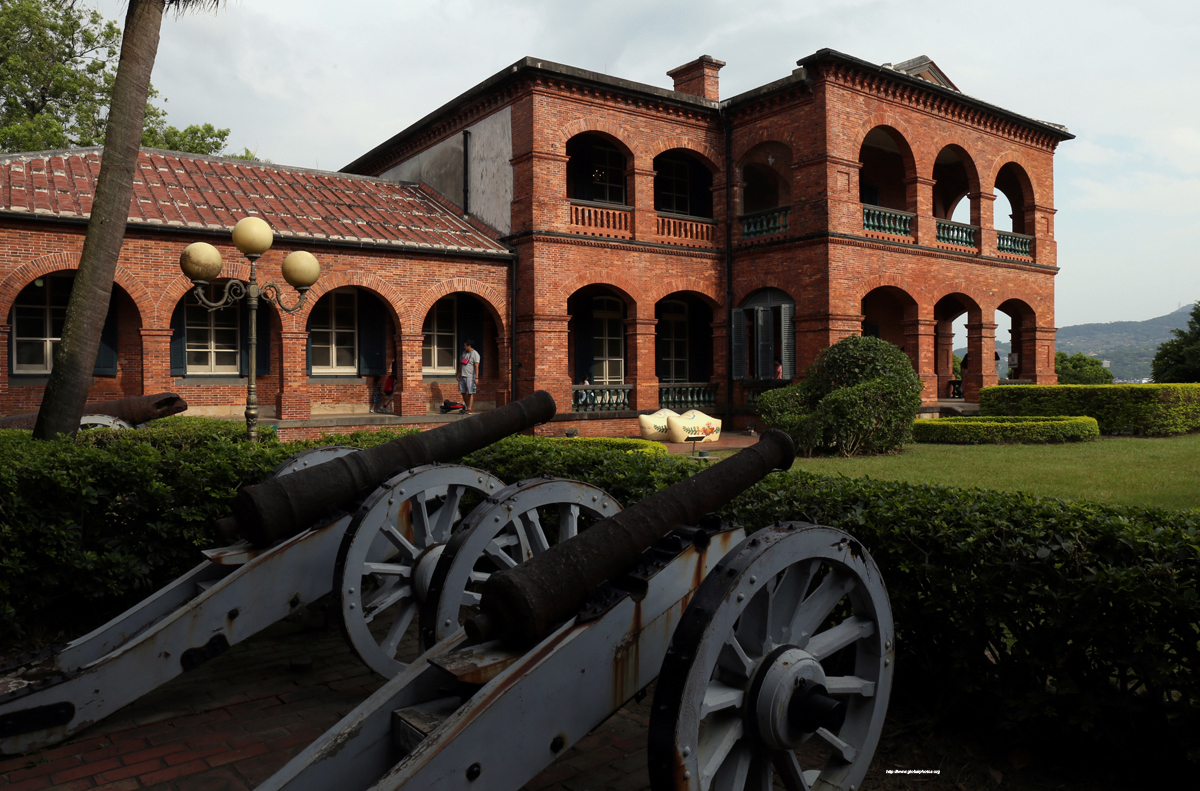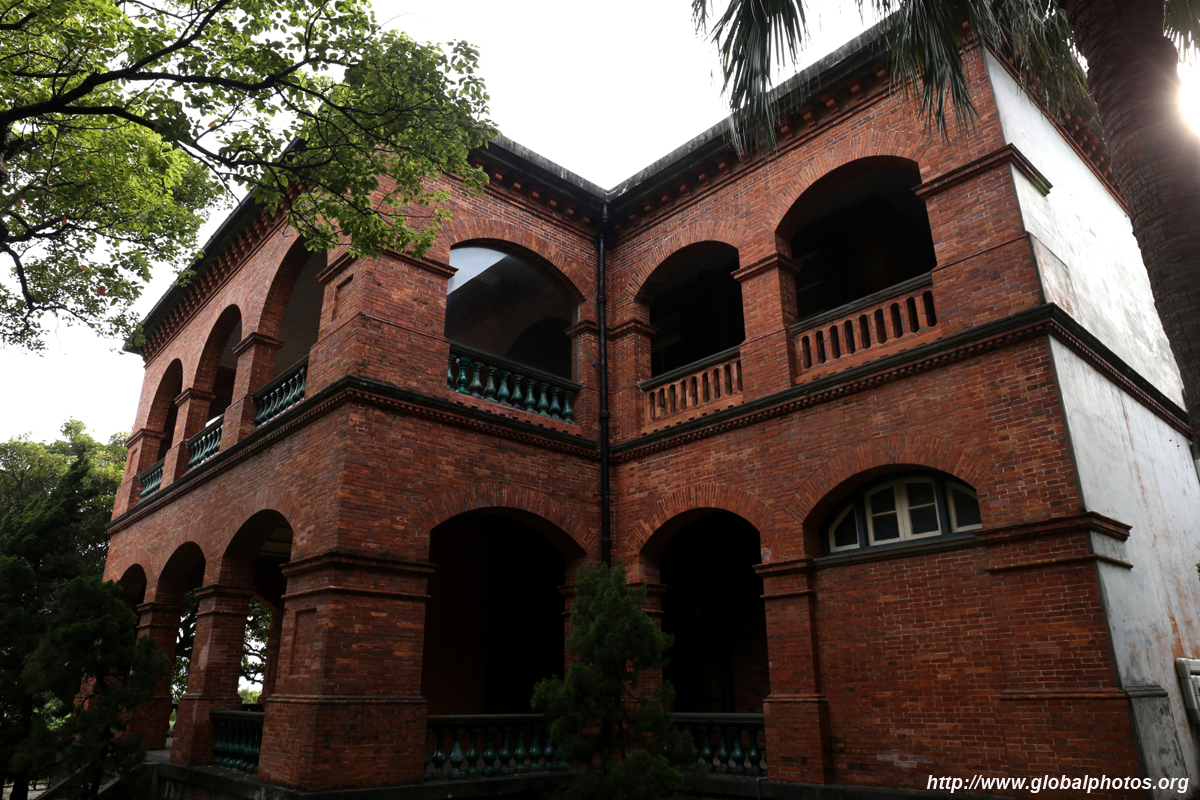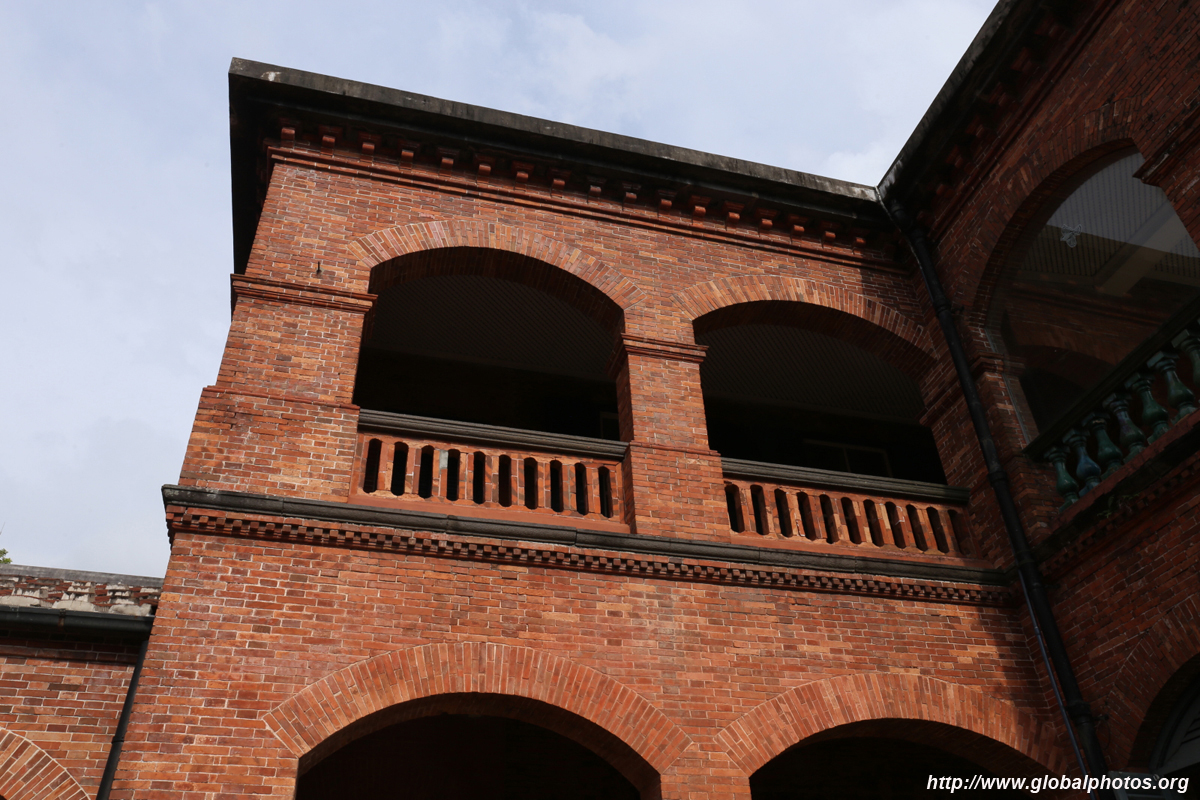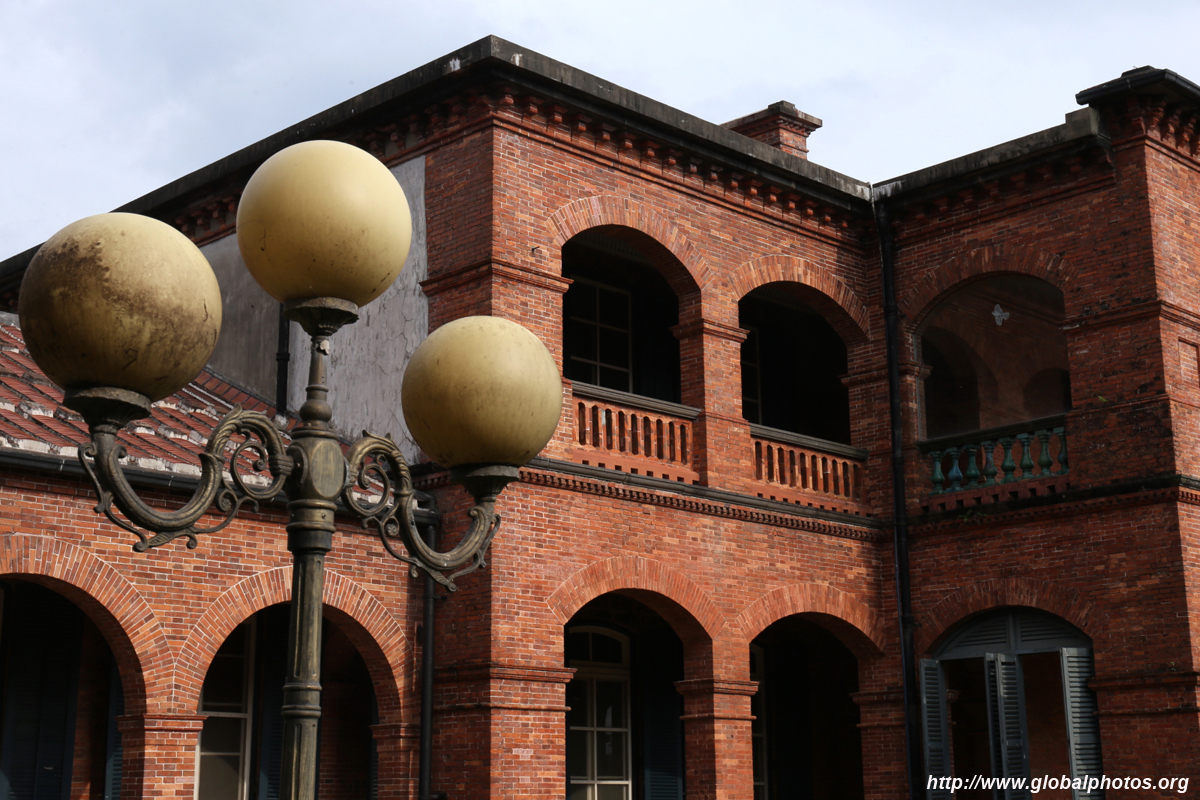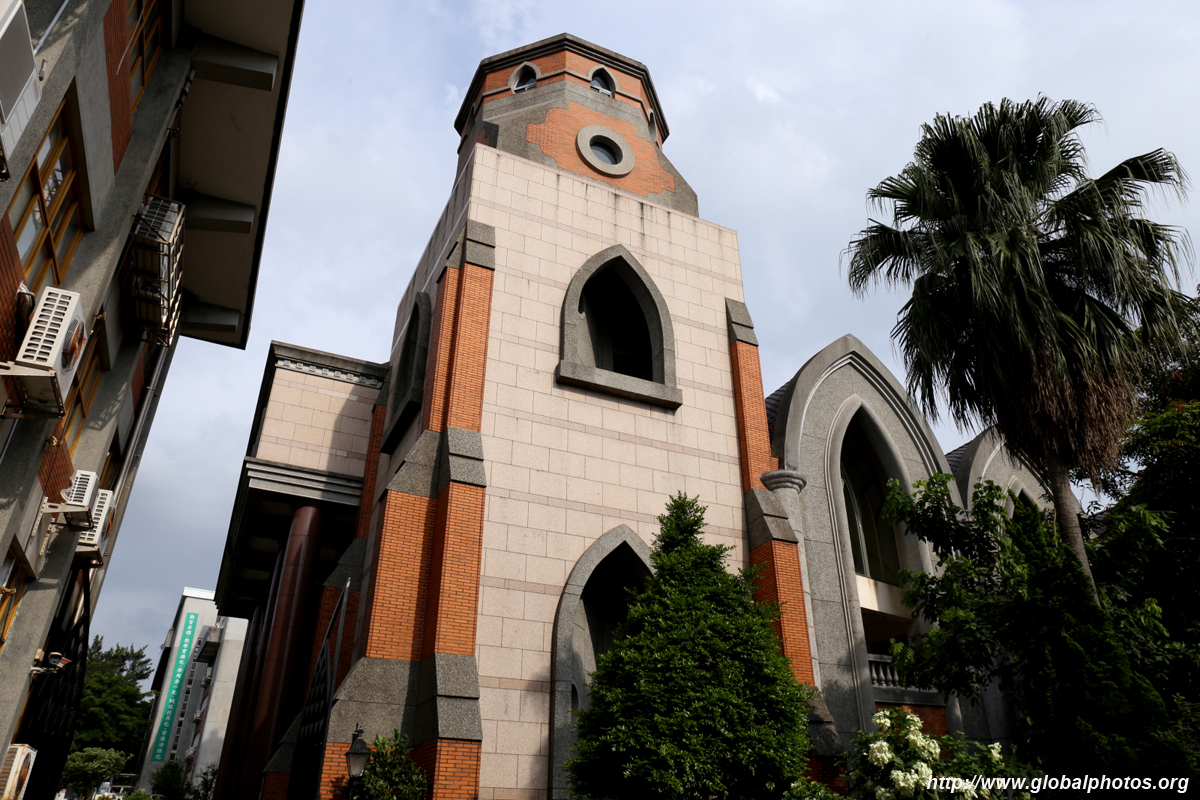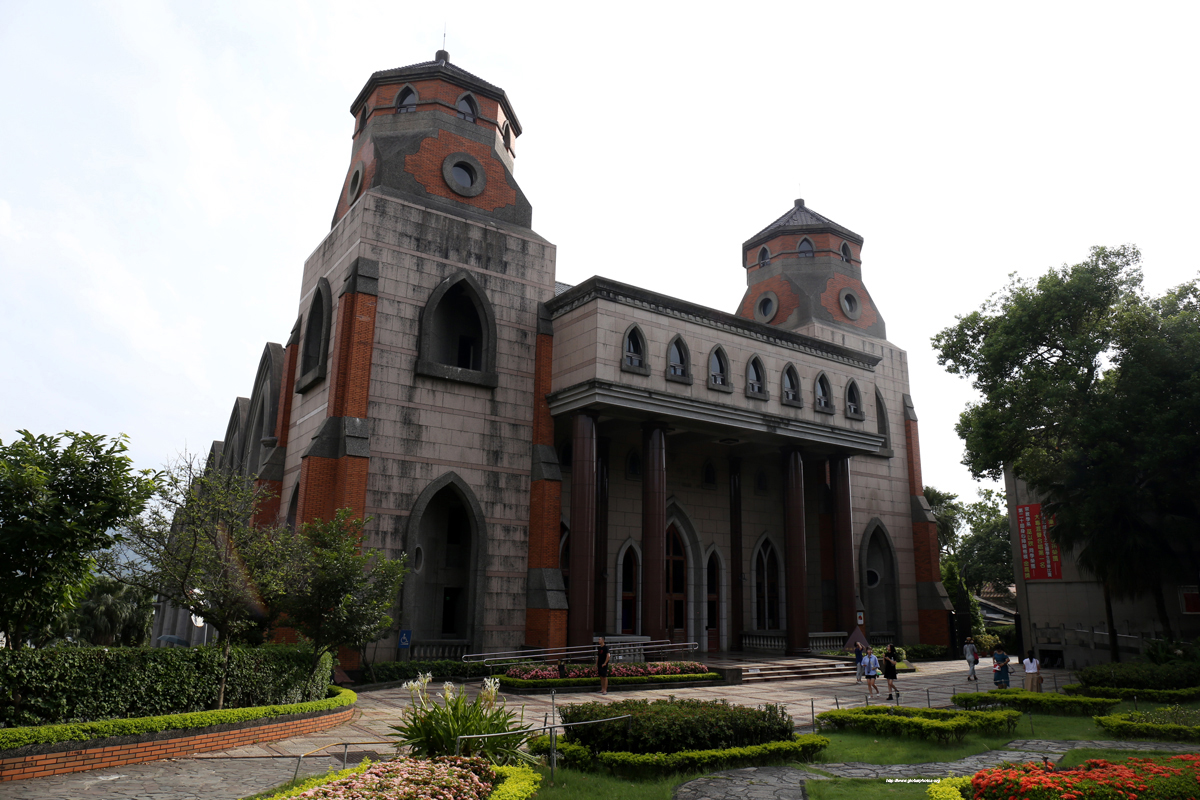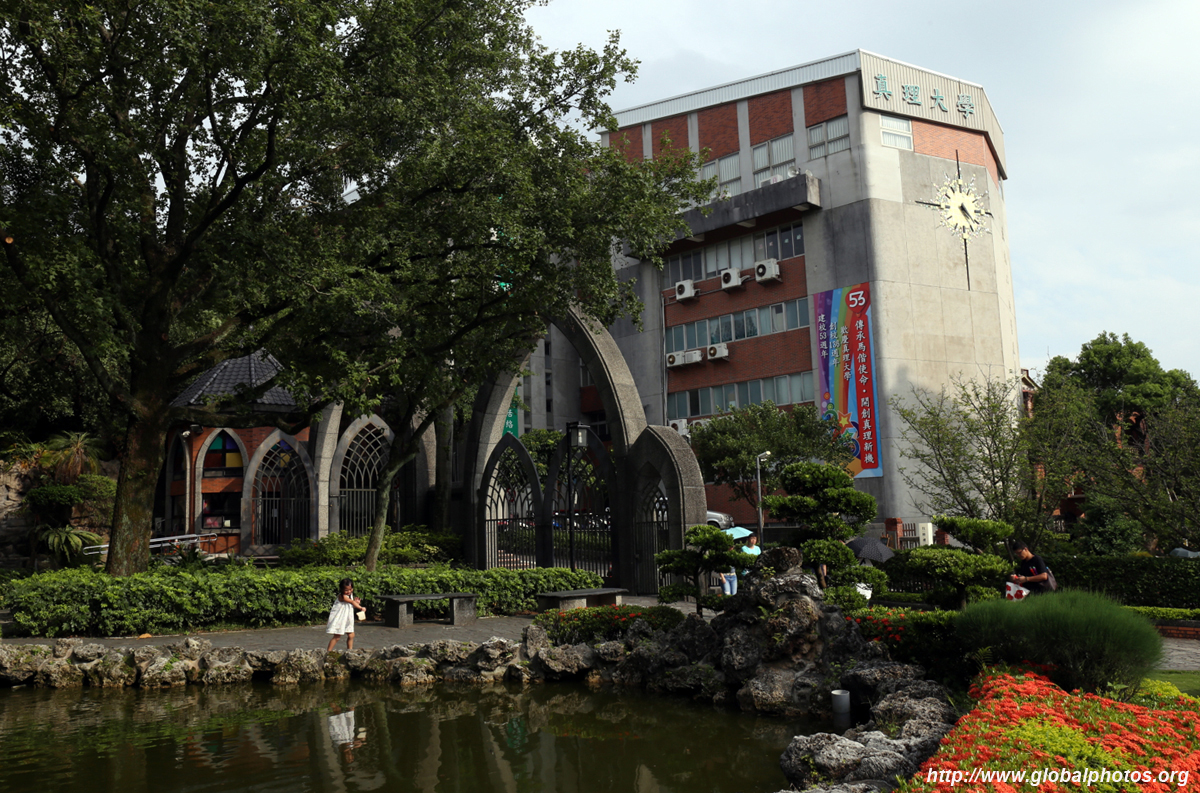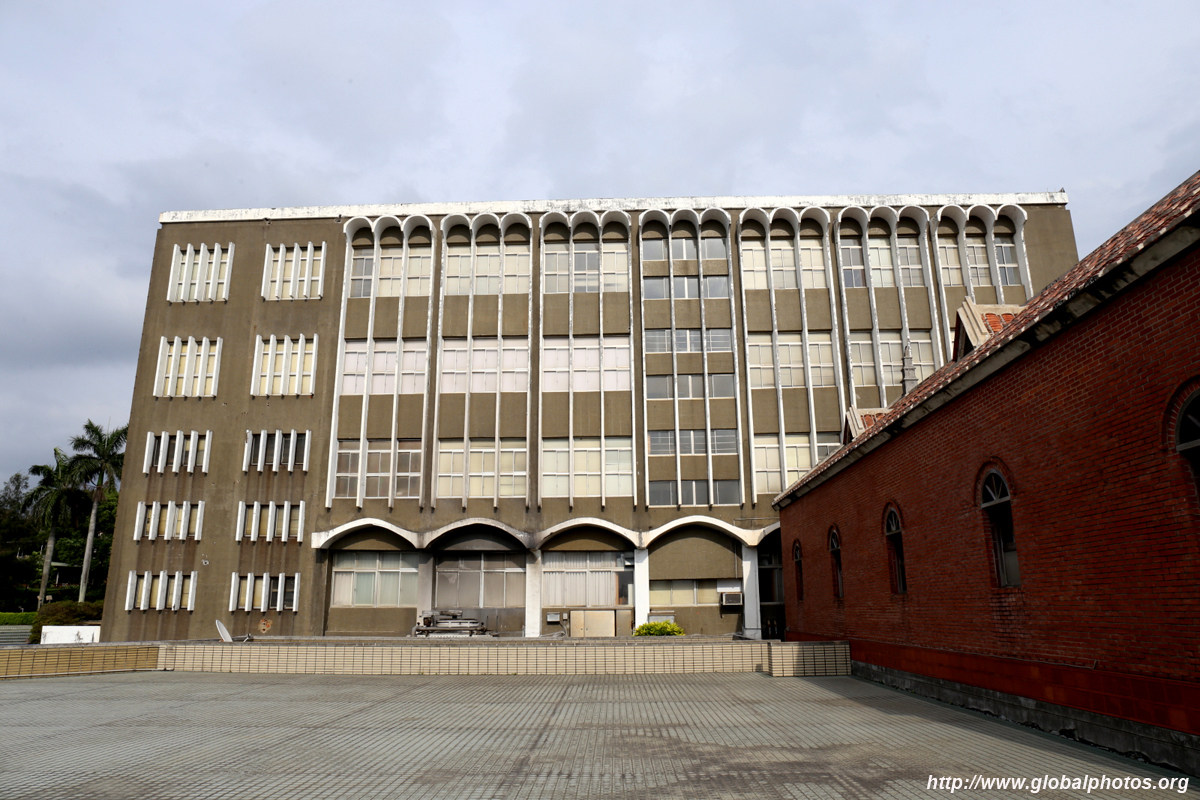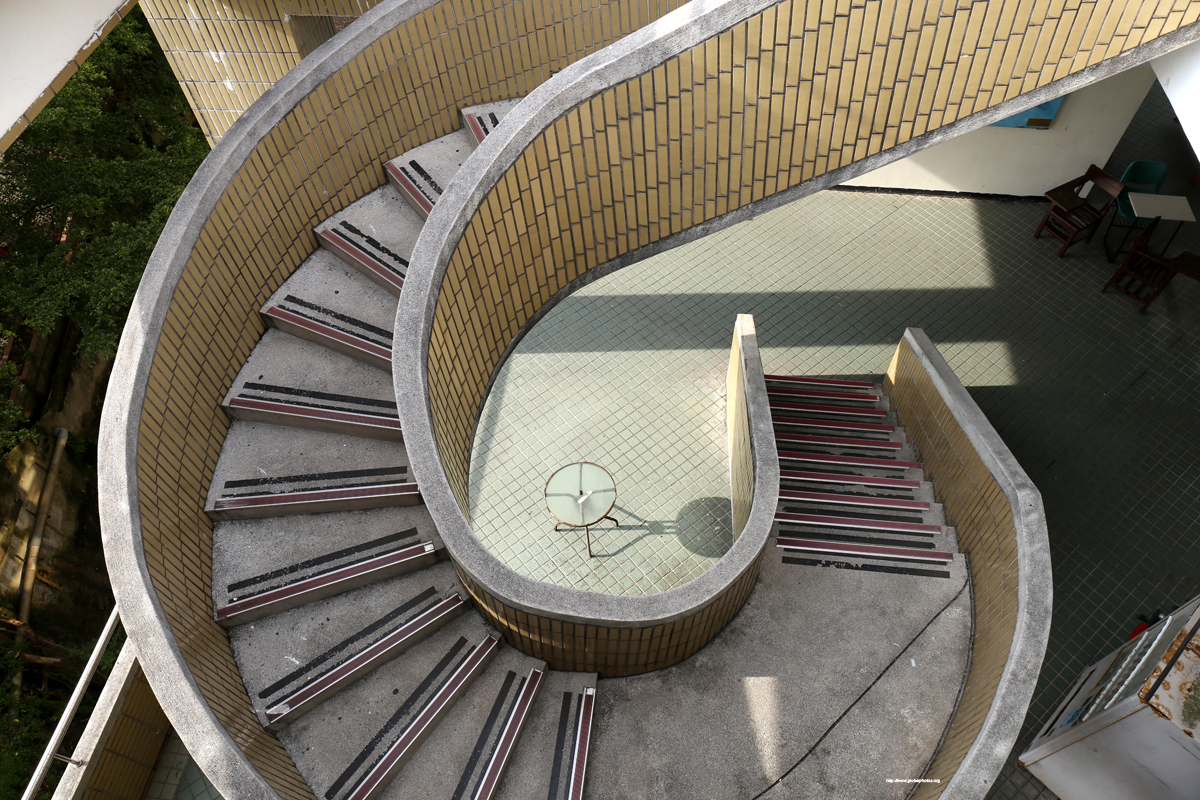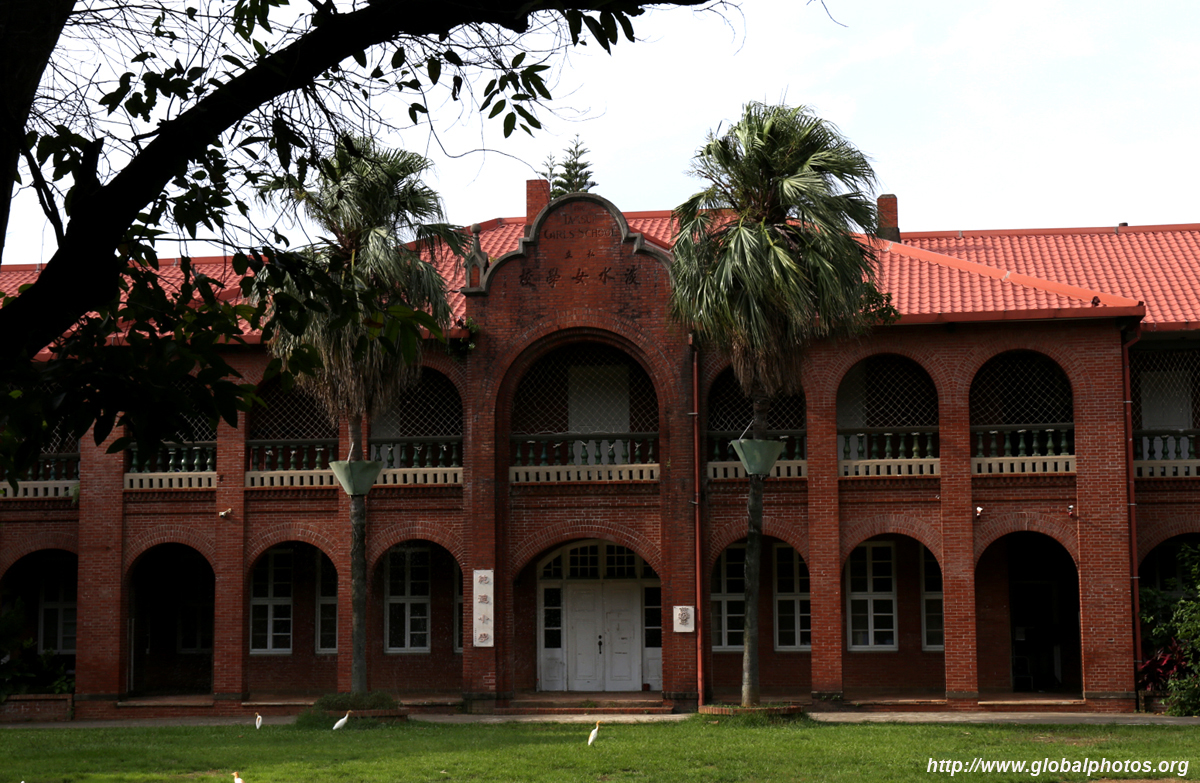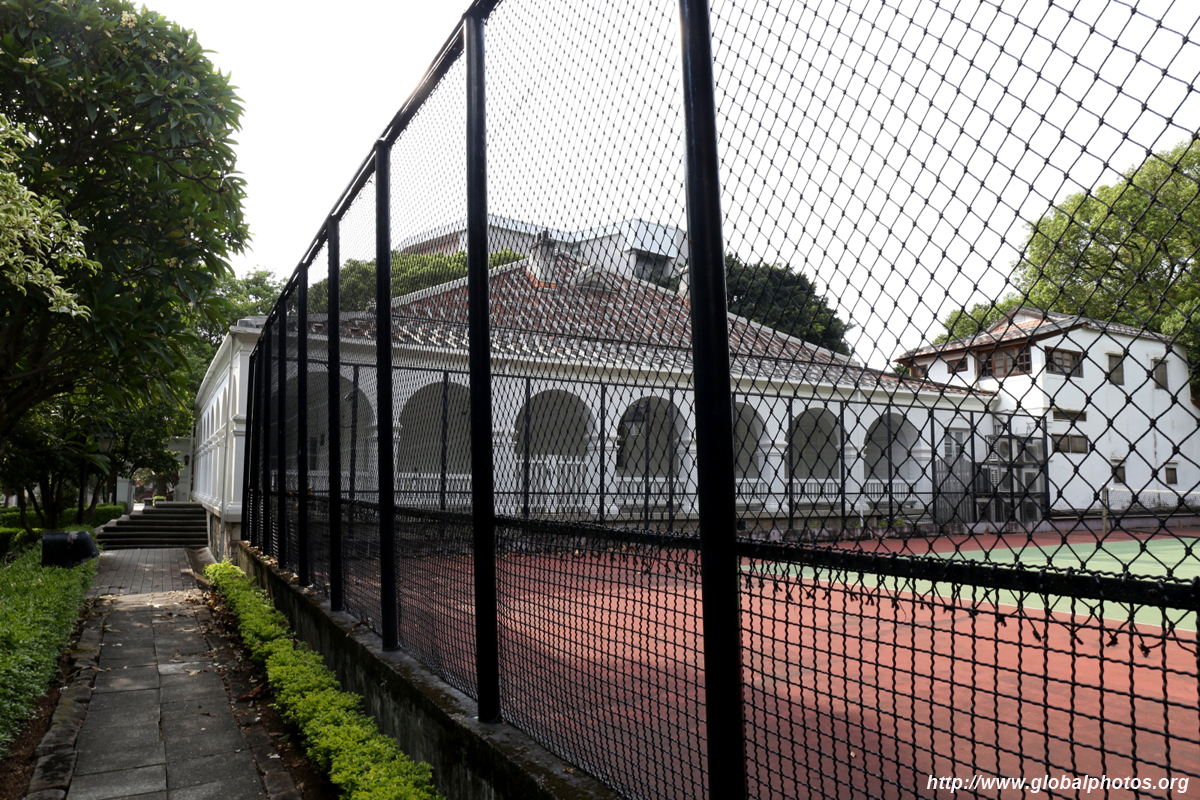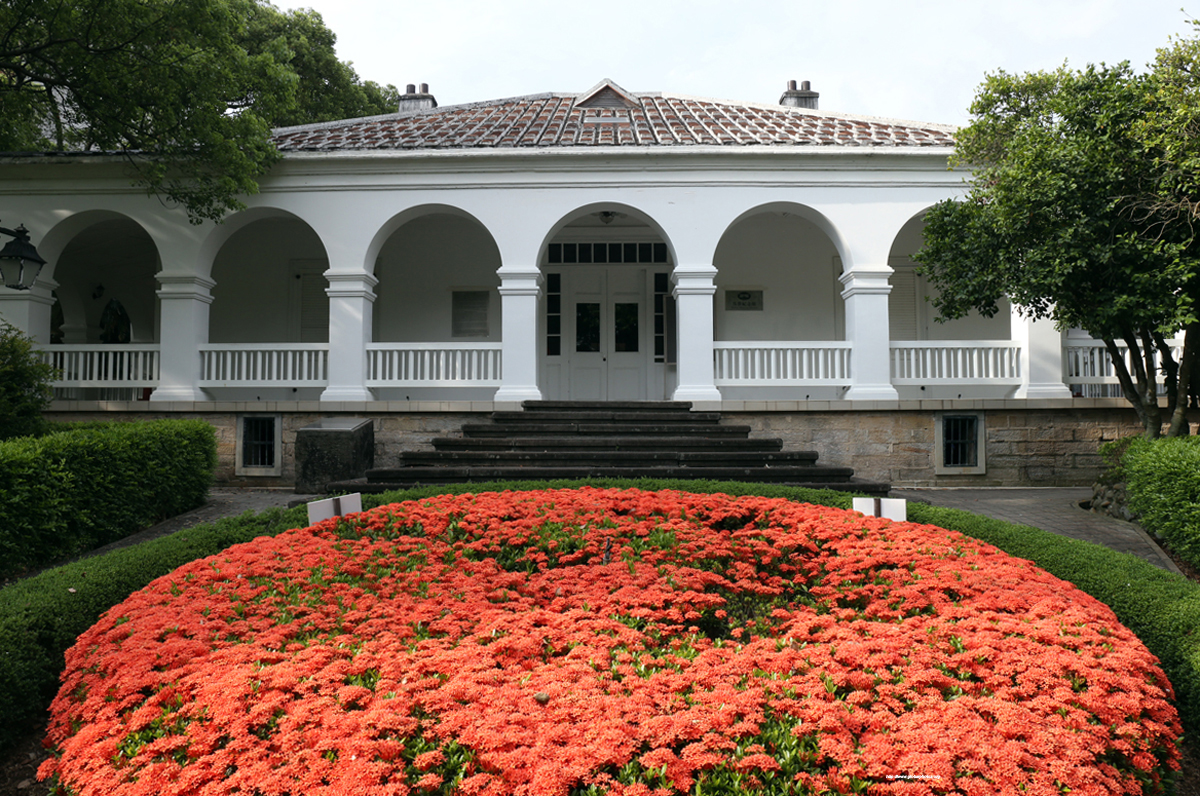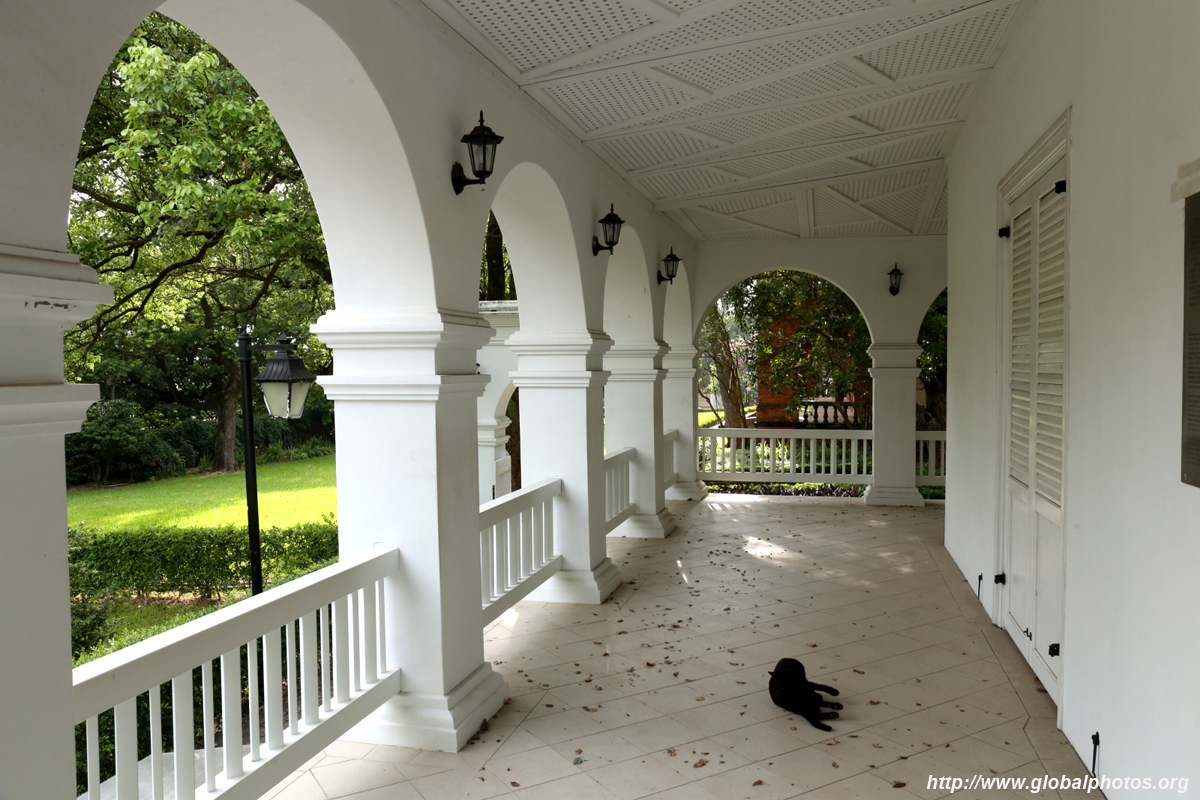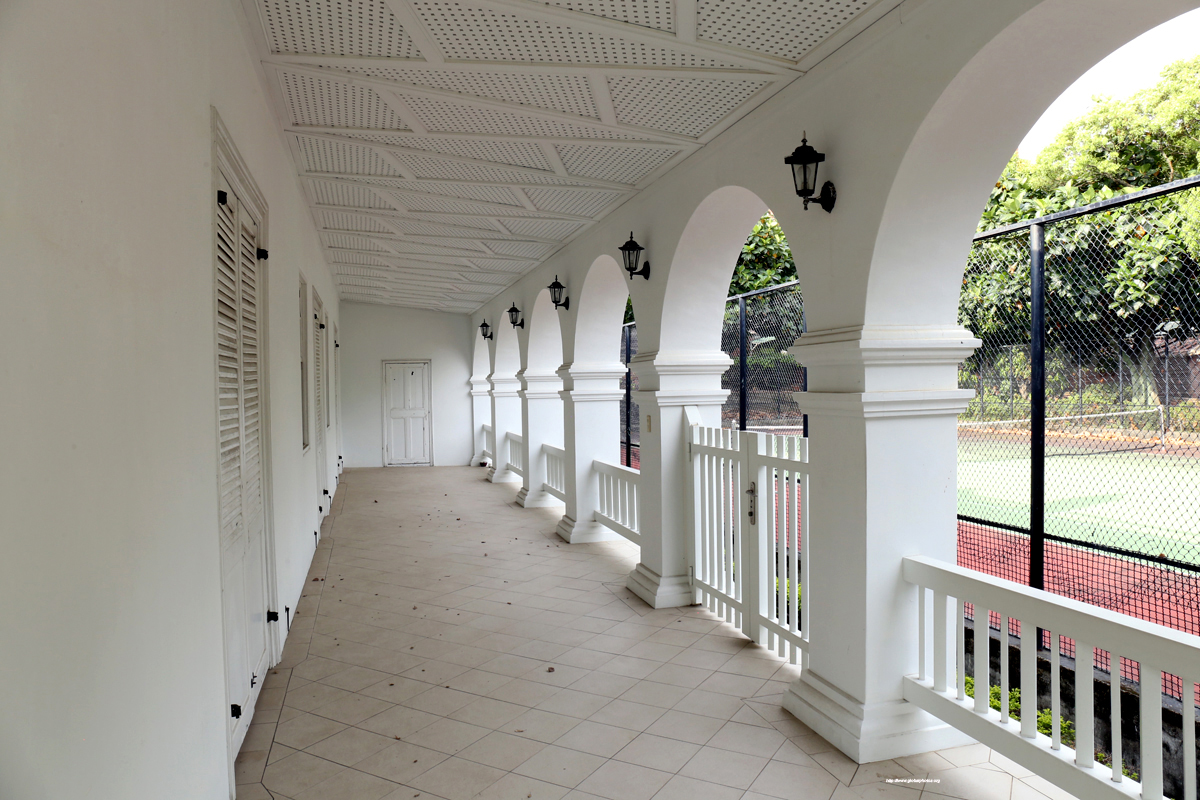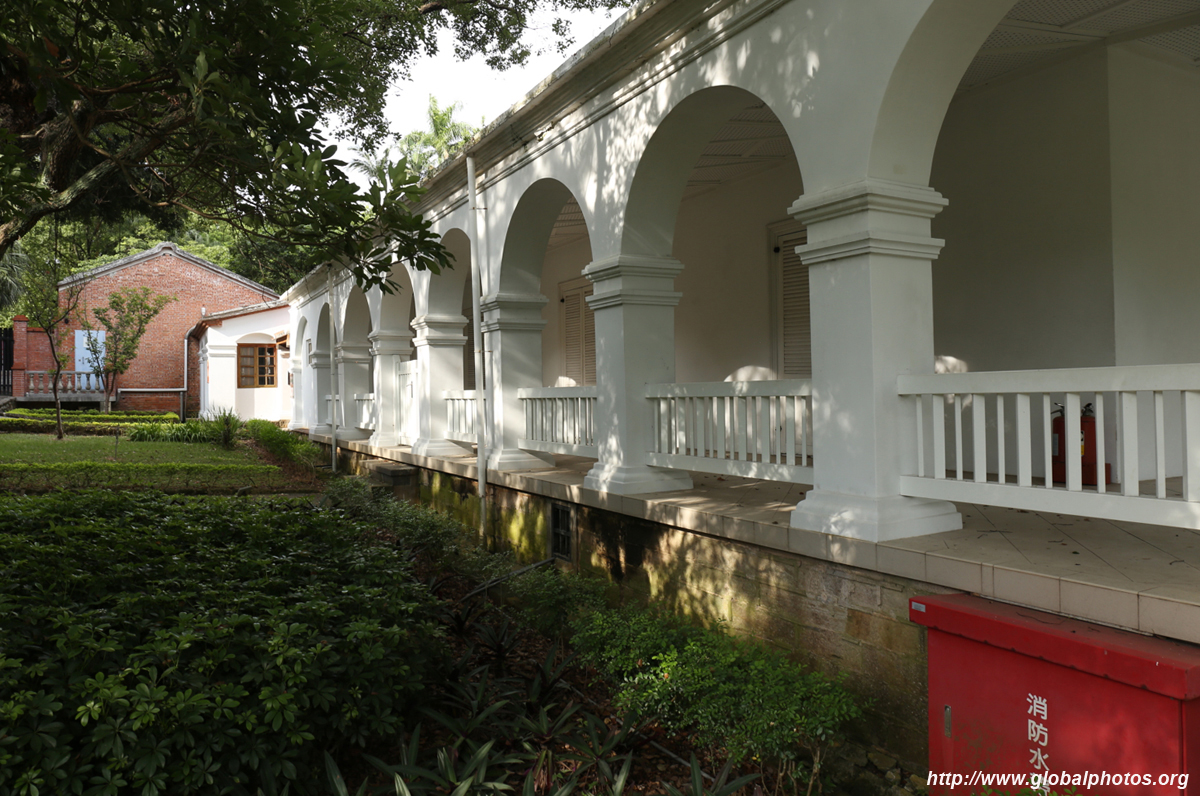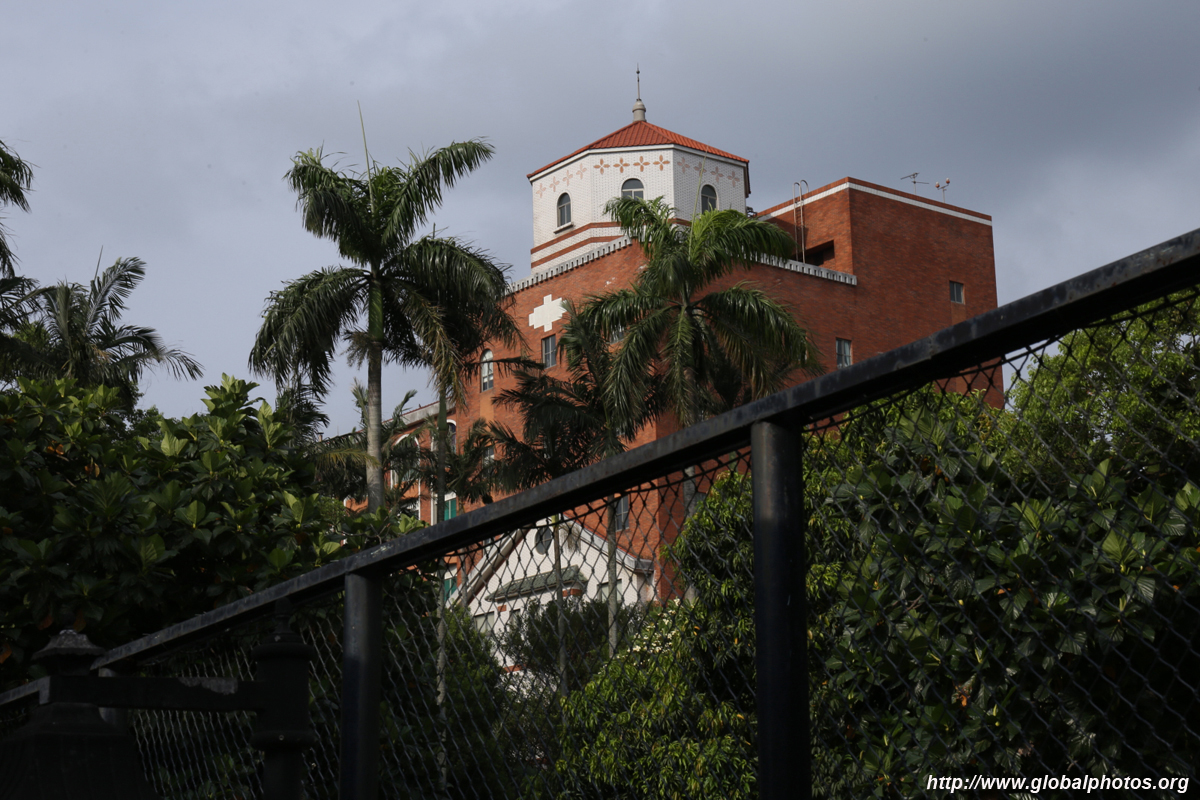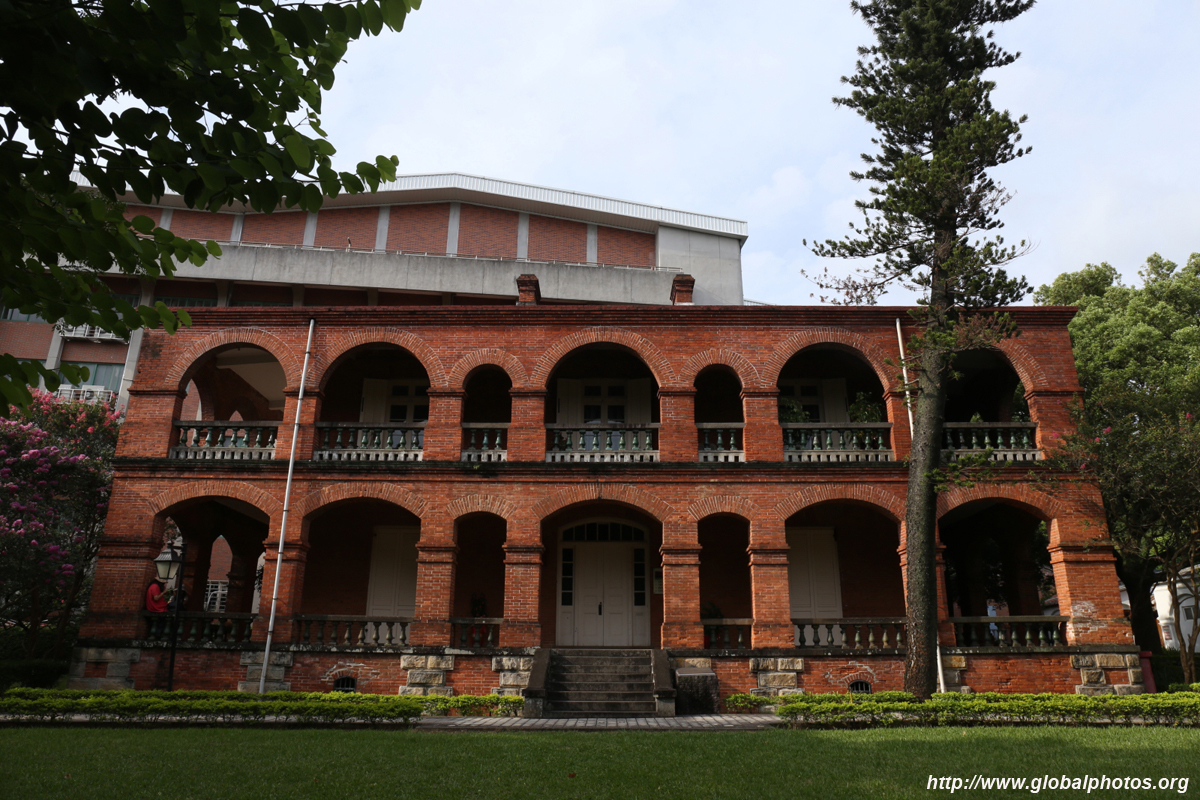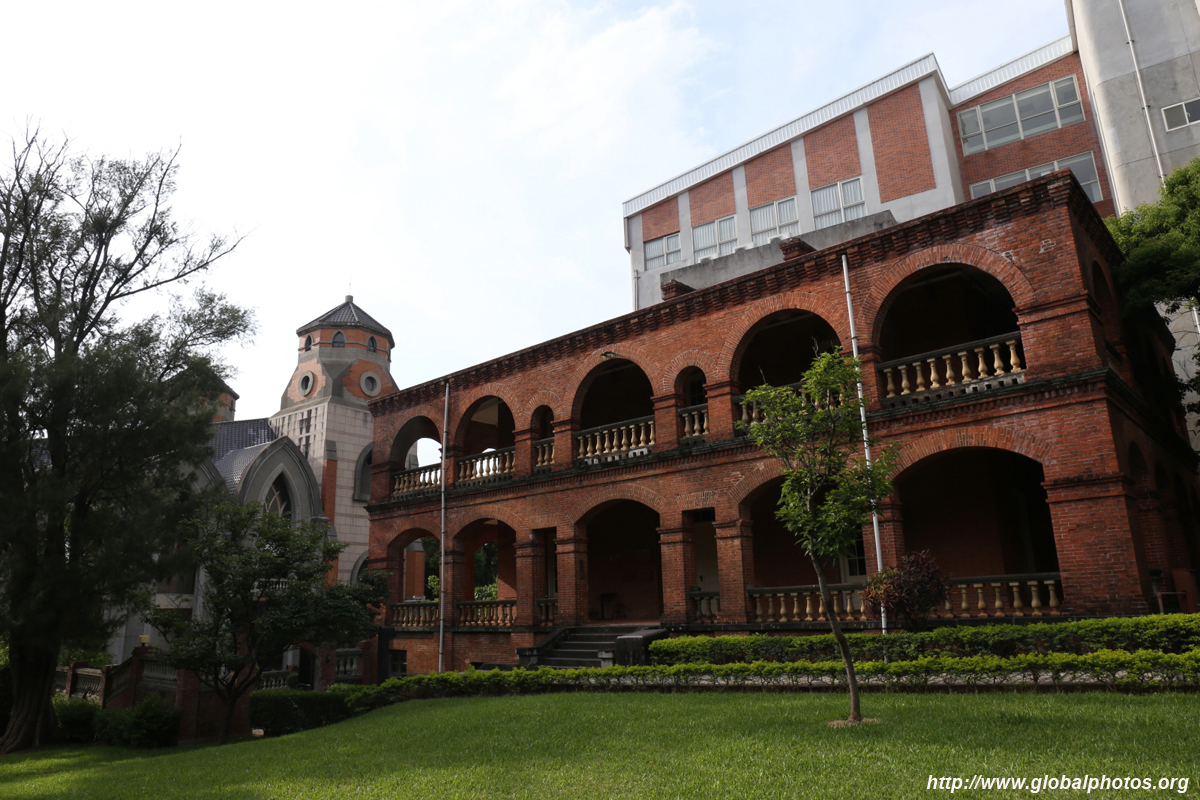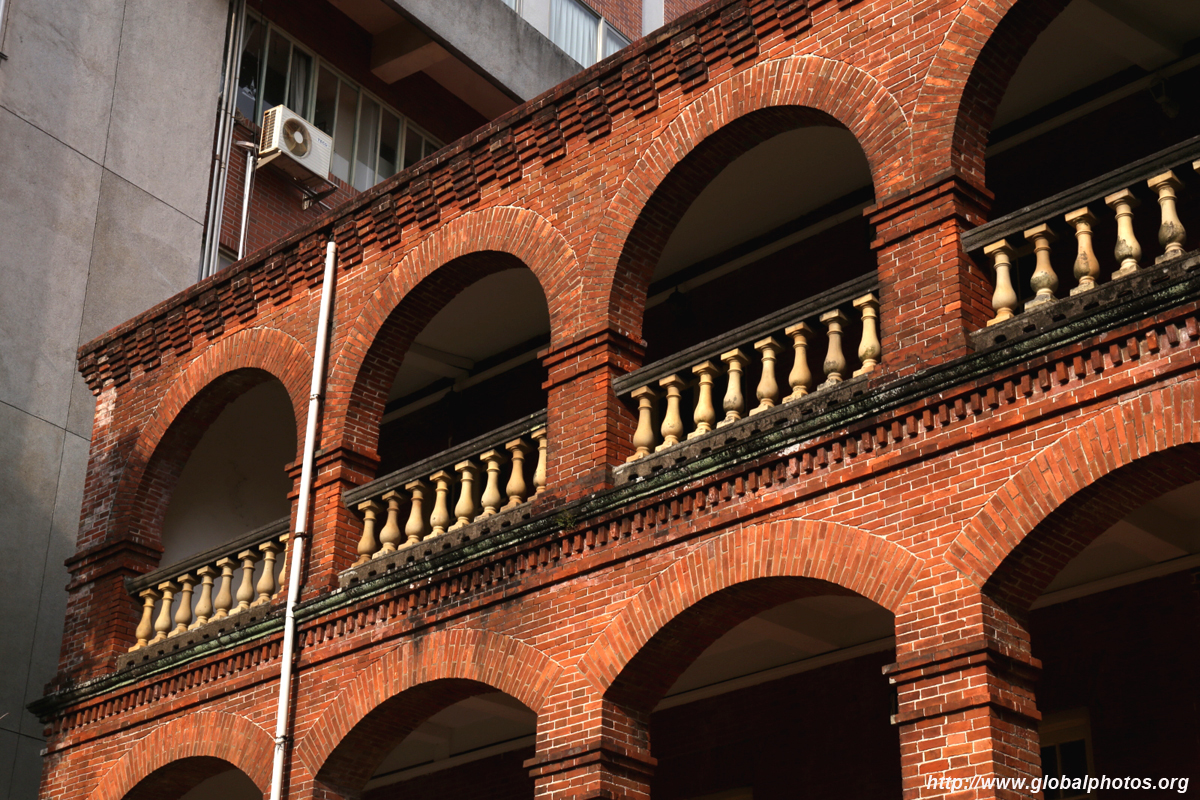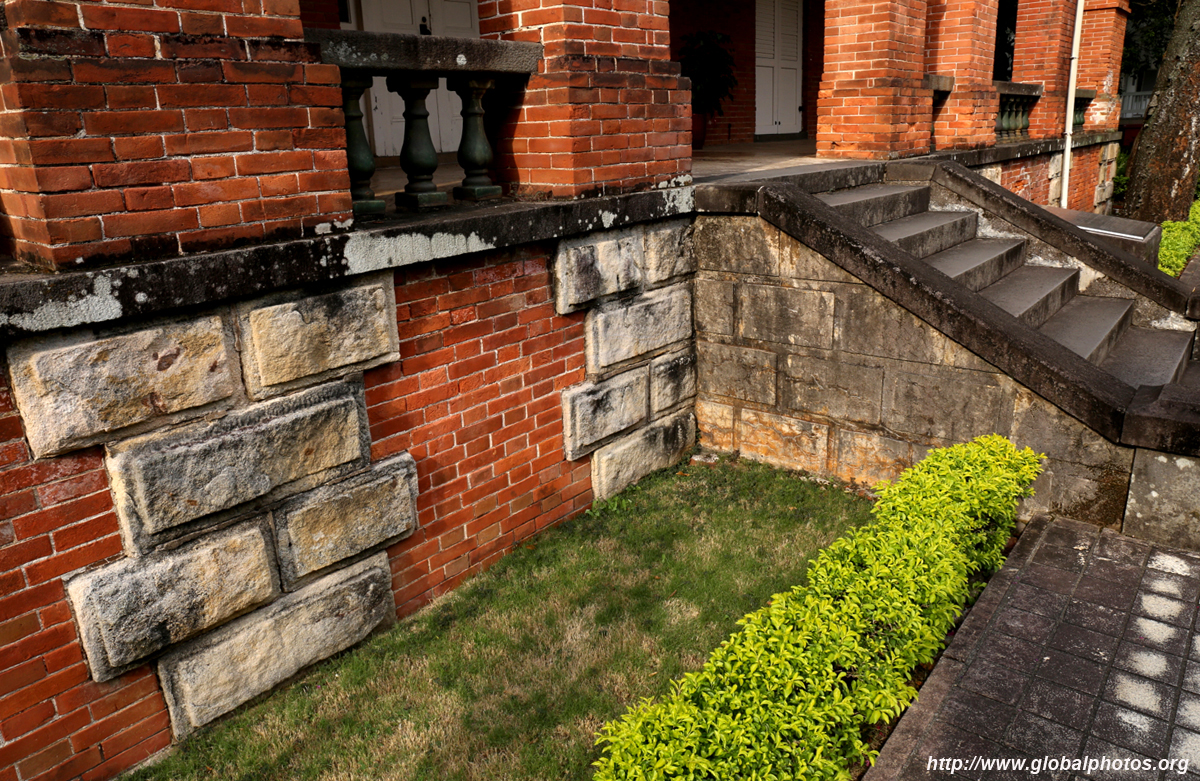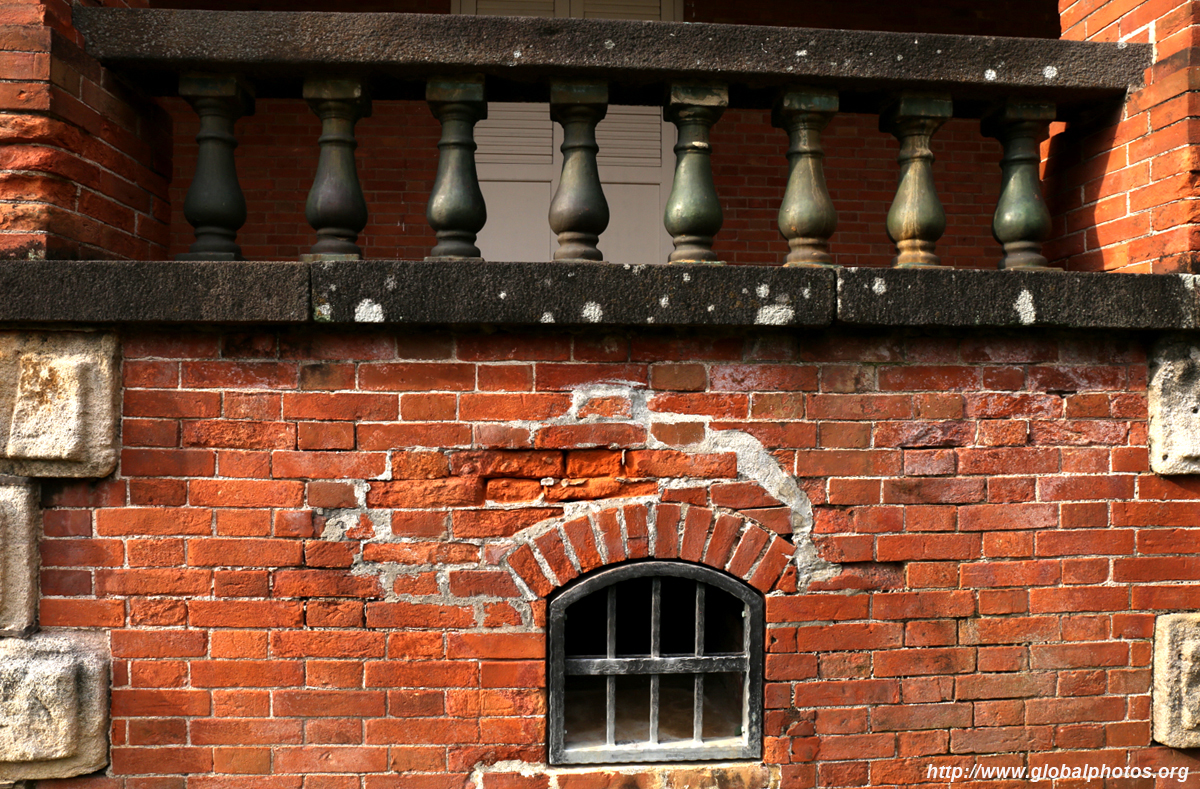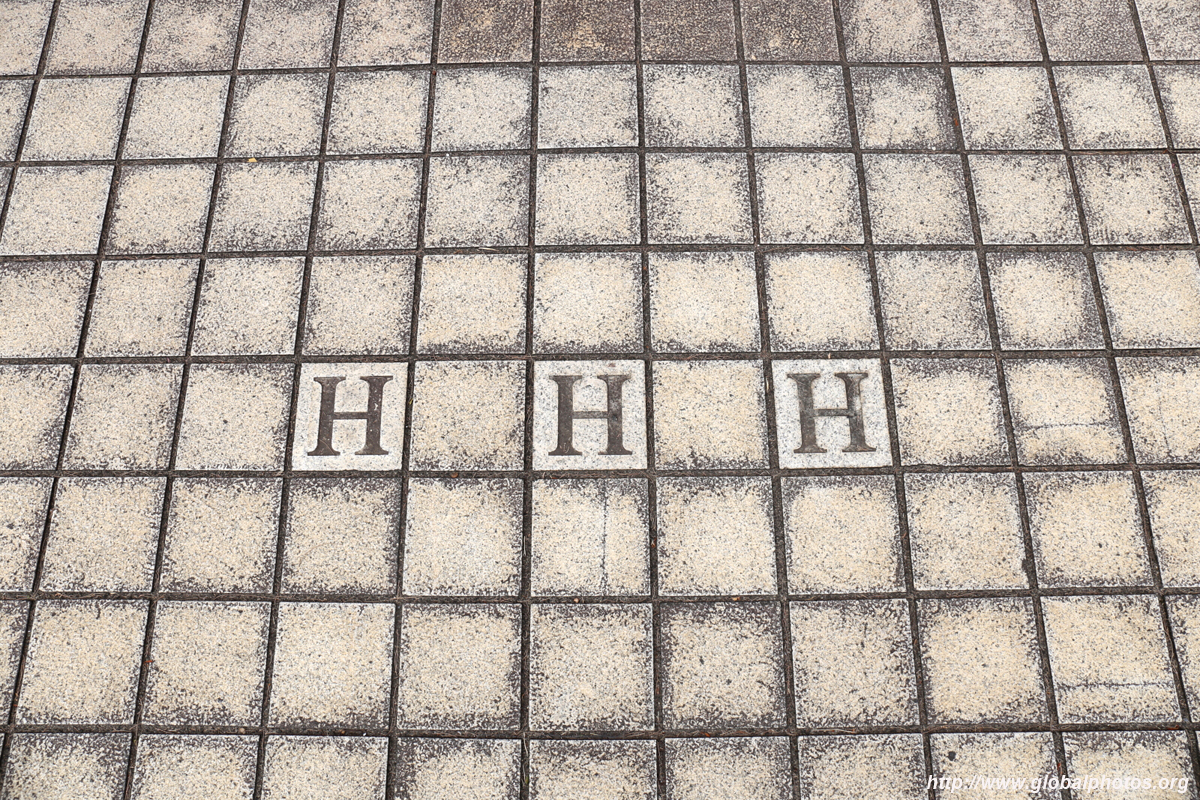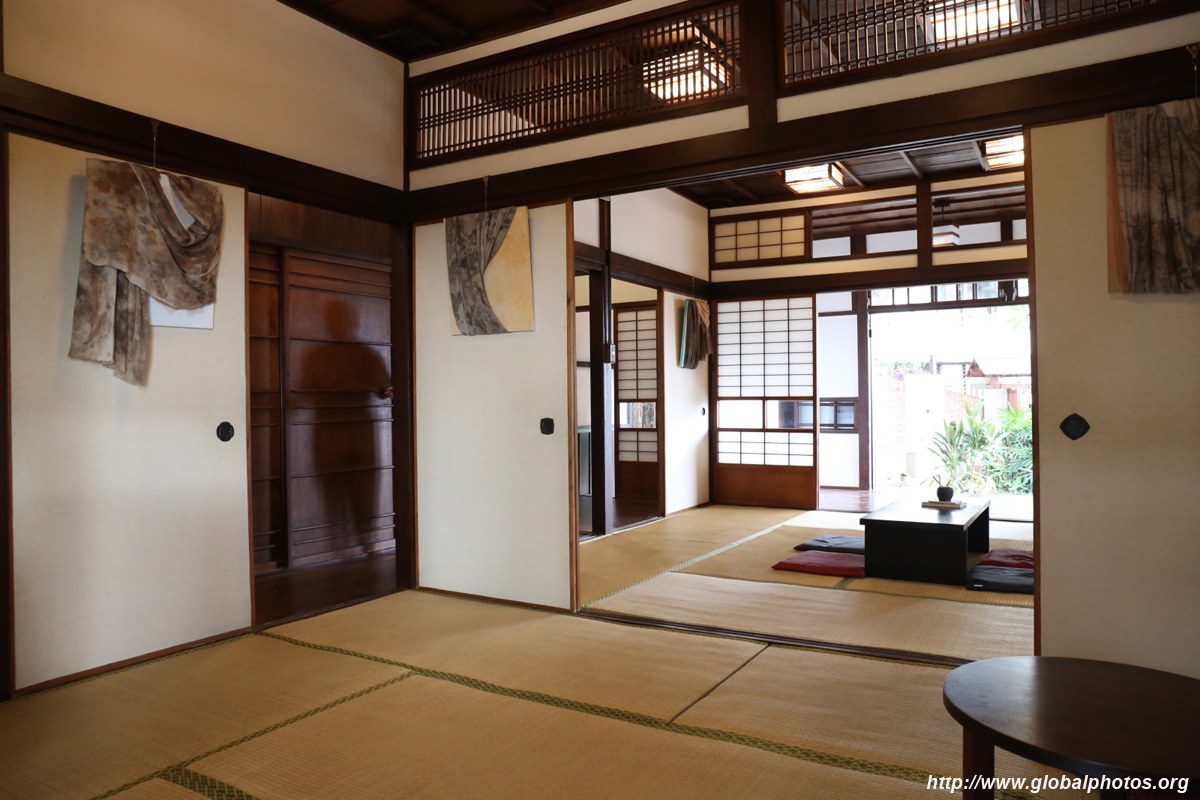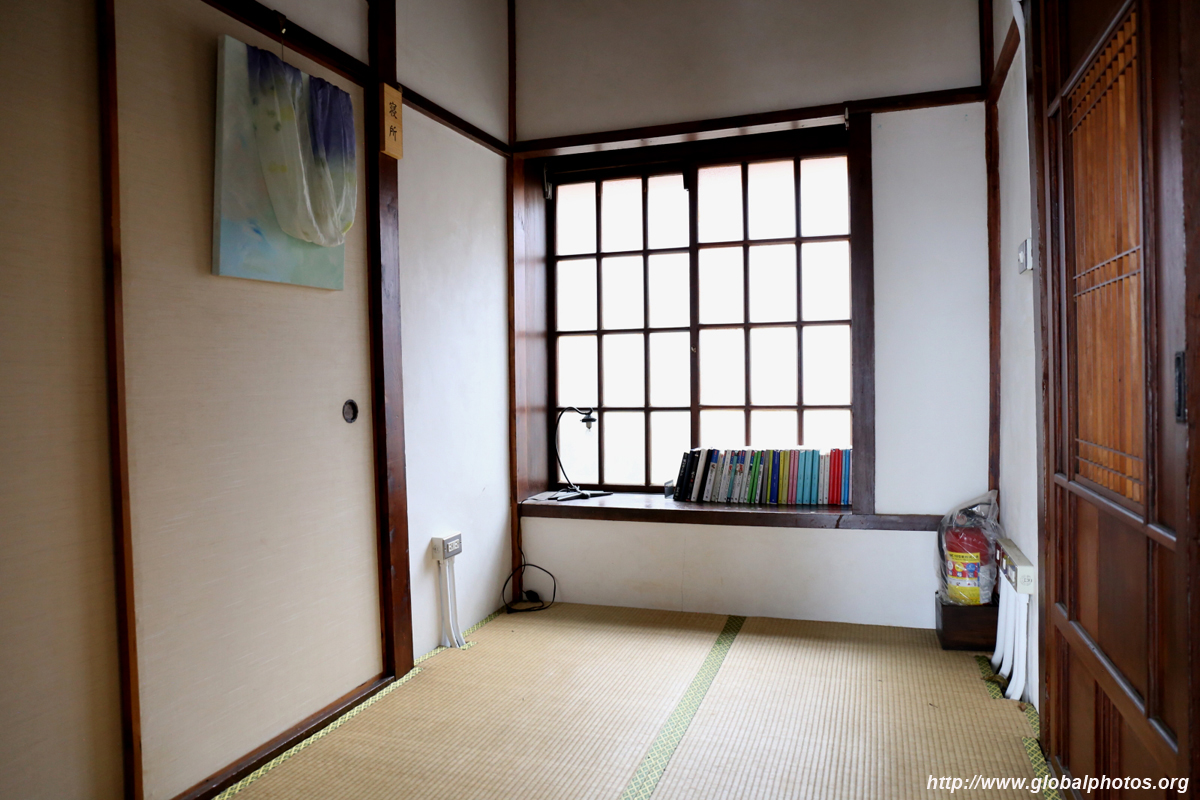Taipei Tamsui Photo Gallery
| |||
Tamsui is located north of the city near the river mouth into the East Sea. This area has a colourful colonial history. The Spanish were the first Europeans to arrive, followed by the Dutch, then Chinese immigrants. The British came after the port opened to foreign trade in 1860 and tea was exported out of here.
Just south of the train terminus is a quiet and relatively unknown arts district. The Tamsui Art & Cultural Park occupies Shell's former warehouses. The company can trace its roots in this part of town from the late 19th century.
A long promenade extends along the riverfront northwards.
From the train station, hop on the Red 26 bus towards the Fisherman's Wharf. It gives a discount for MRT riders. Get off a Fort San Domingo. A combined ticket is on sale here that will get you into a few other neighbourhood attractions, then you head uphill to the historic site. The Spanish started construction in the 1630s but what we see today are Dutch fortifications and renovations by the British when they turned it into the British Consulate in 1867.
There are 2 buildings on the site. The 2nd building further back exhibits a design that is typical for colonials of the time. A similar cousin sits on top of a hill overlooking Kaohsiung's harbour.
Exit from the back side to Aletheia University.
Oxford College was the first Western university on the island. The building was used from 1882 to 1901 as a boys' school thanks to funding from George Mackay's hometown friends. Mackay was a Canadian missionary who married a local and lived in the area until his death in 1901.
Neighbouring streets have more historic buildings. While many tourists head to the waterfront for beautiful sunset views, the buildings around campus are interesting and offer many photography opportunities.
The Little White House was built in the 1870s as the British custom officer's home. The idea of a residence was conceived in the early years of the port's opening to solve staff accommodation problems. Originally scheduled for demolition in the 1990s, it was saved following a public outcry and the site is now open to the public.
Further downhill, the former residence of Tada Eikichi dates from the 1930s. The wood building and garden exhibits Japanese characteristics with a nice view of the river.
|
|||

